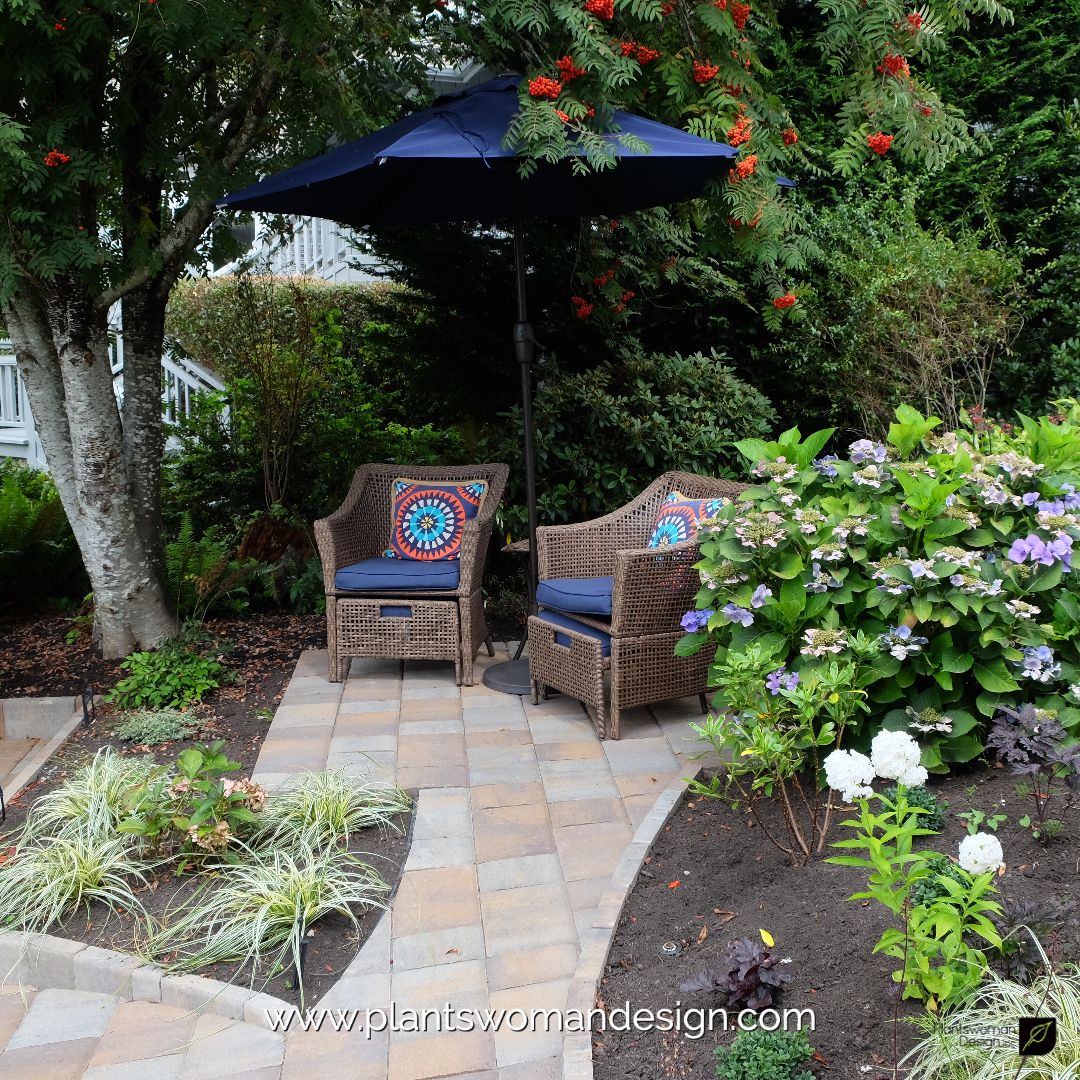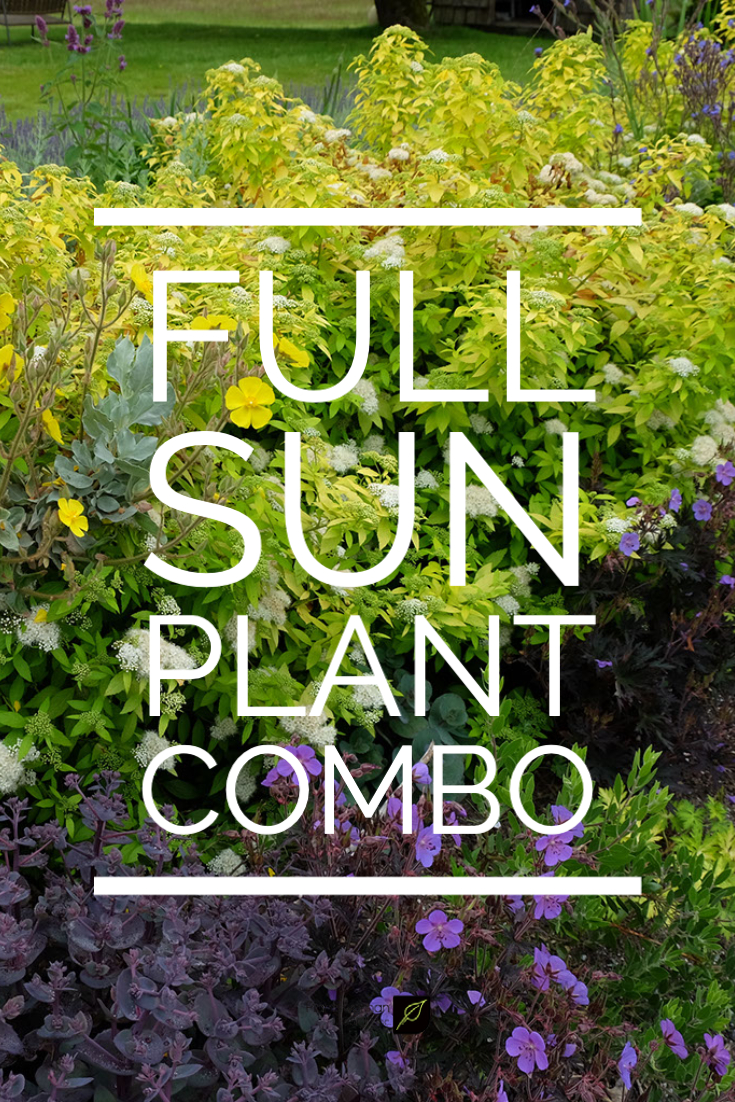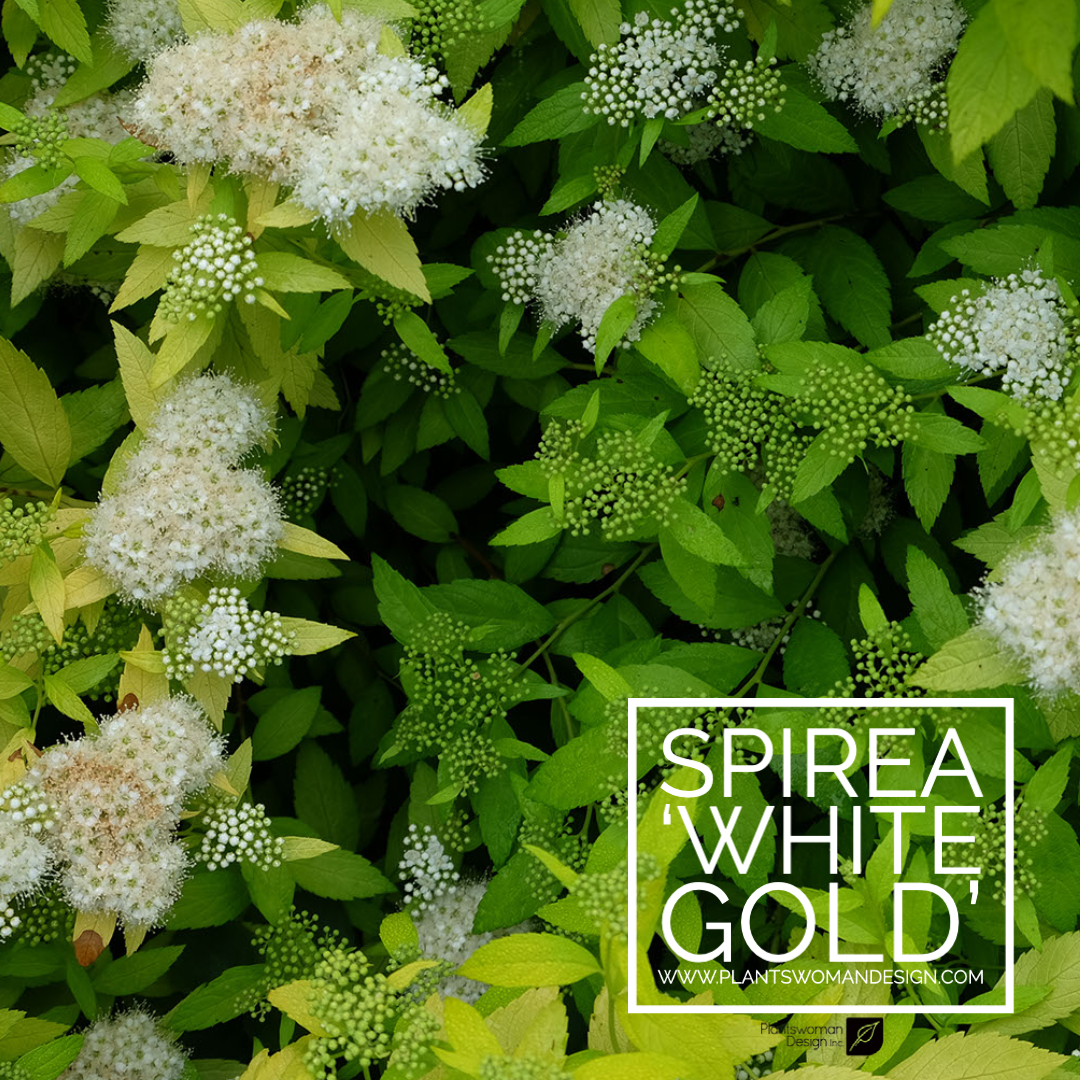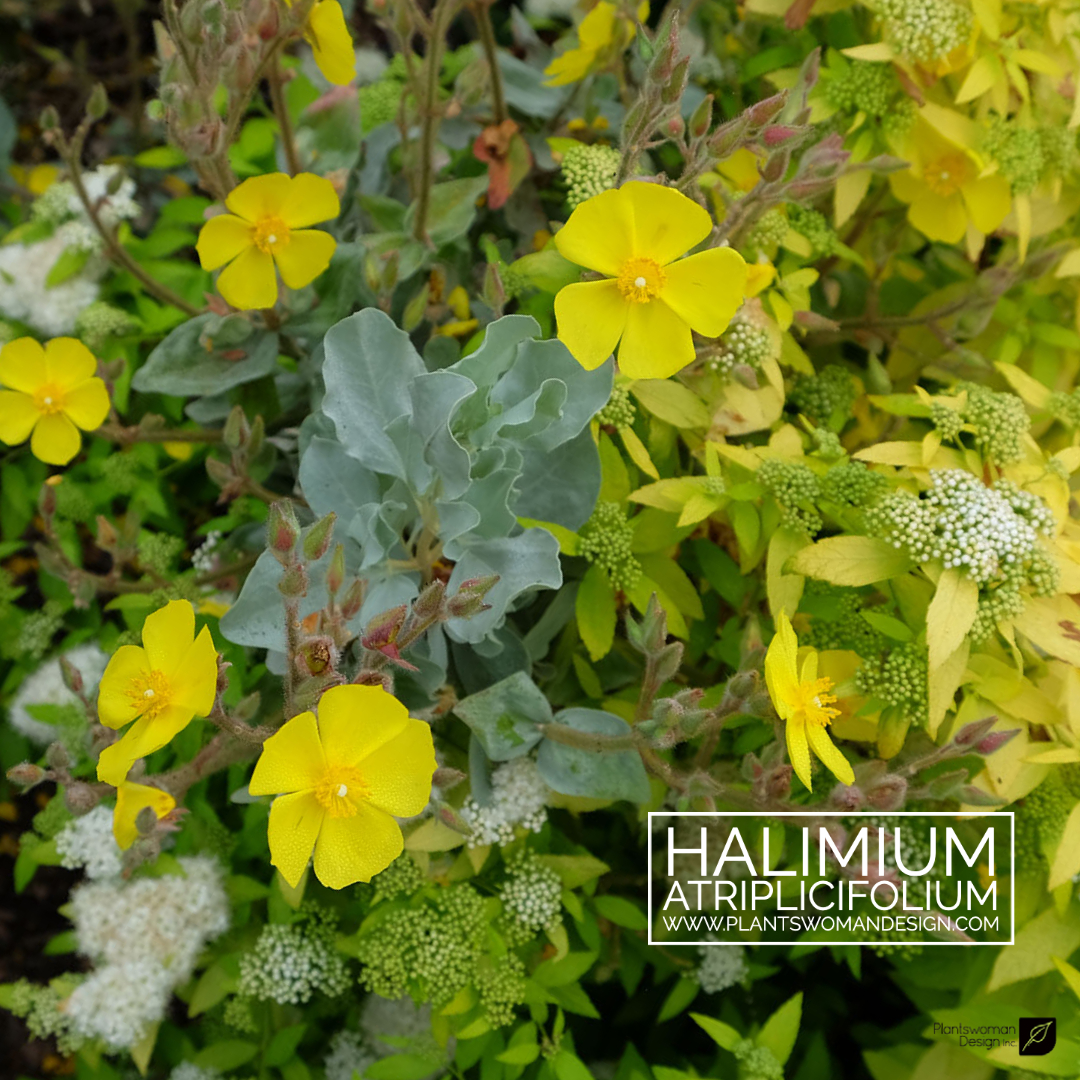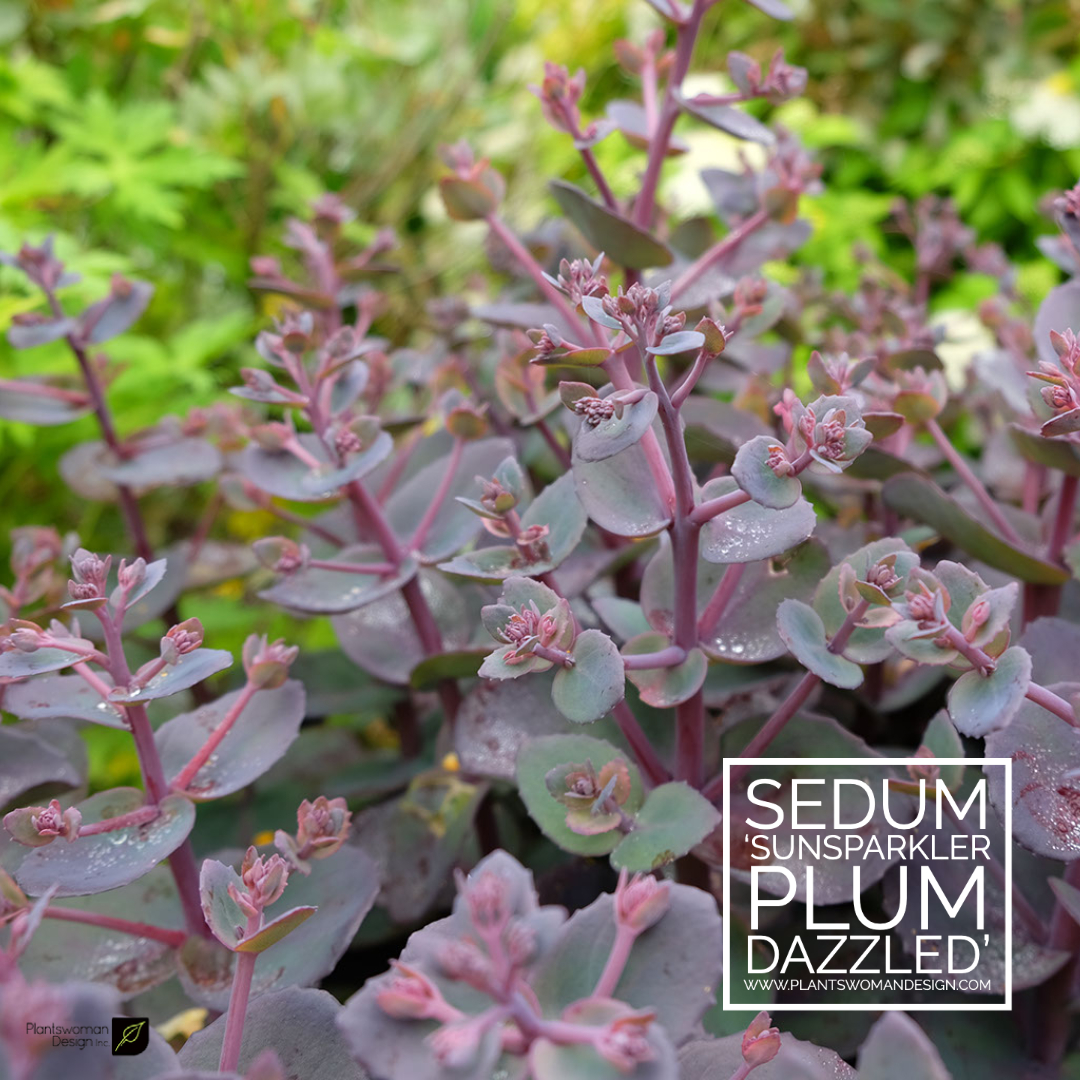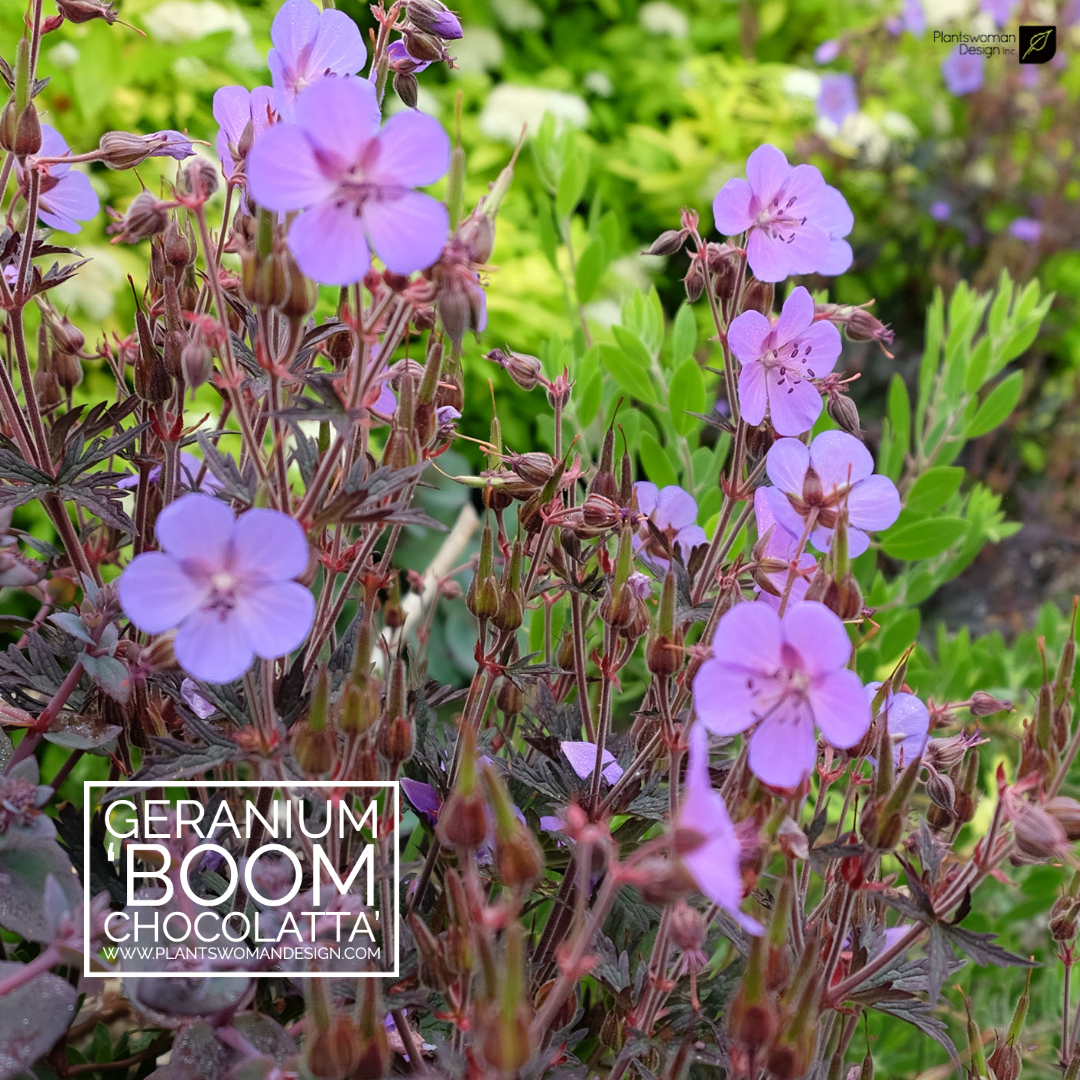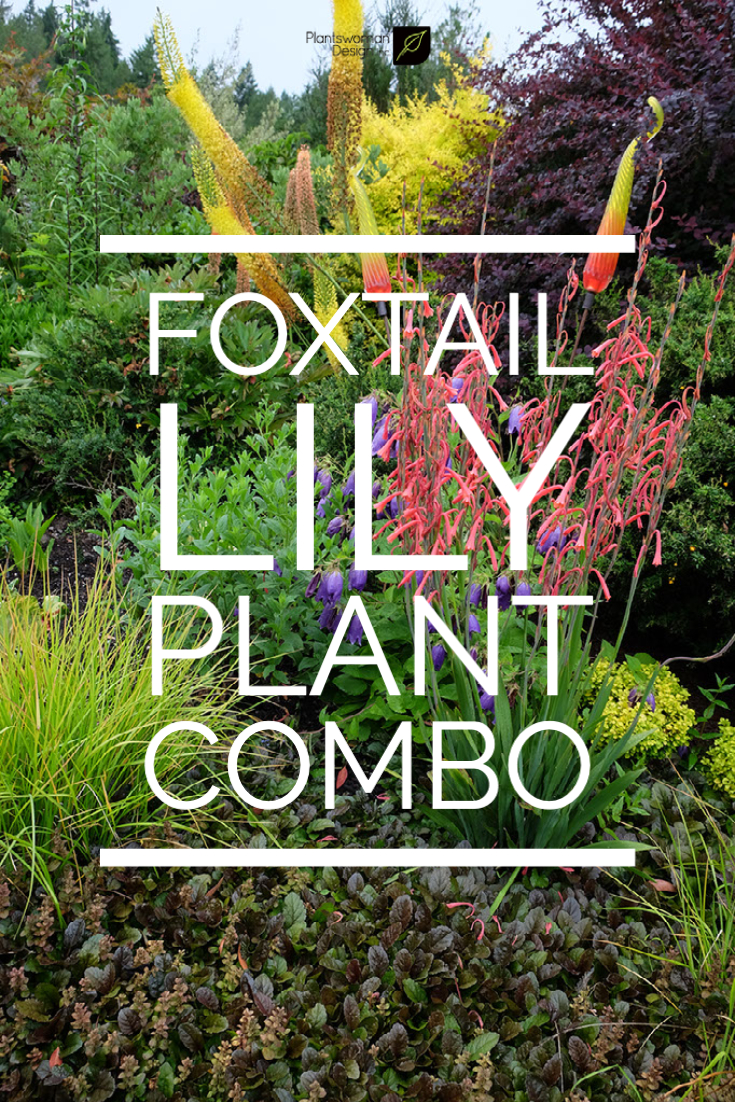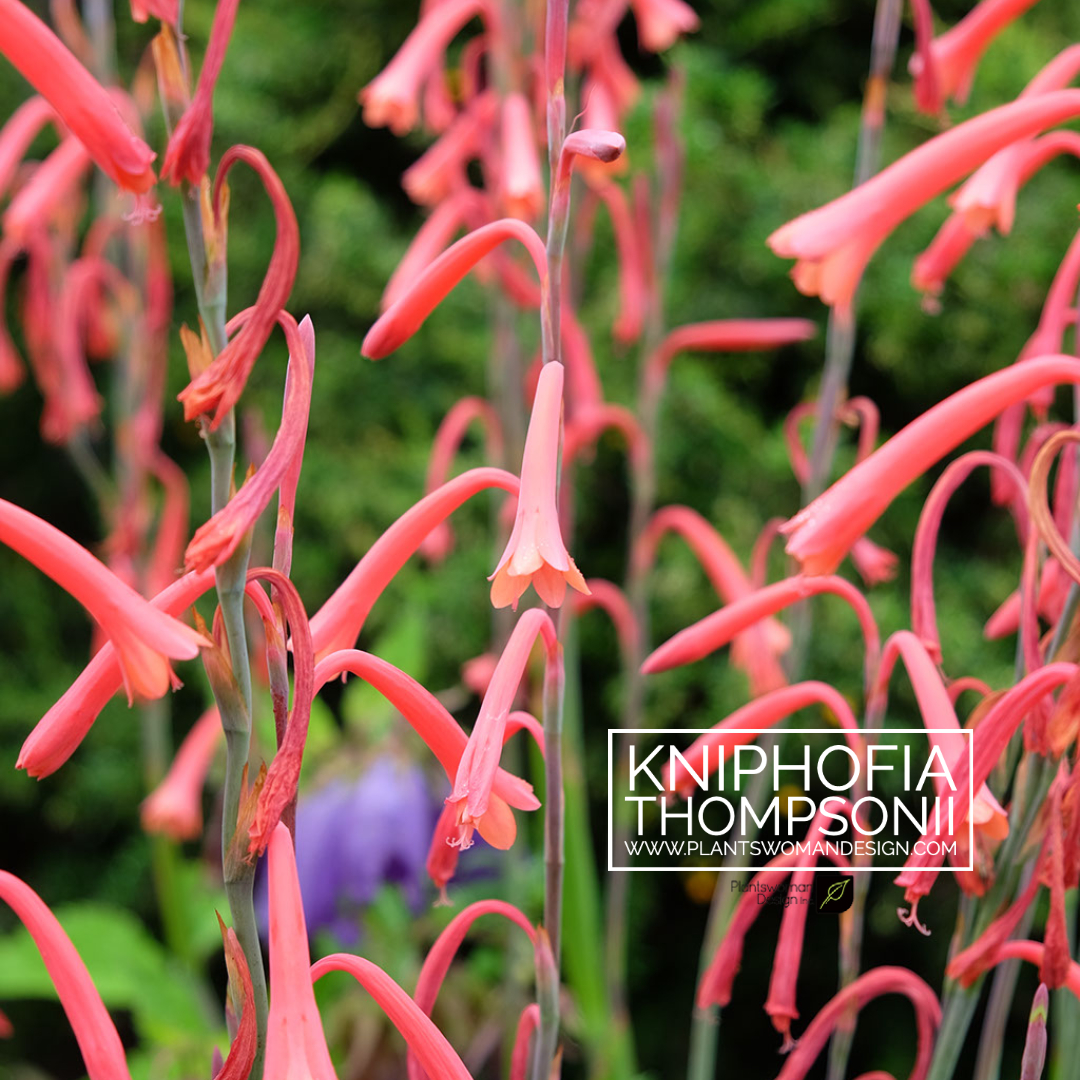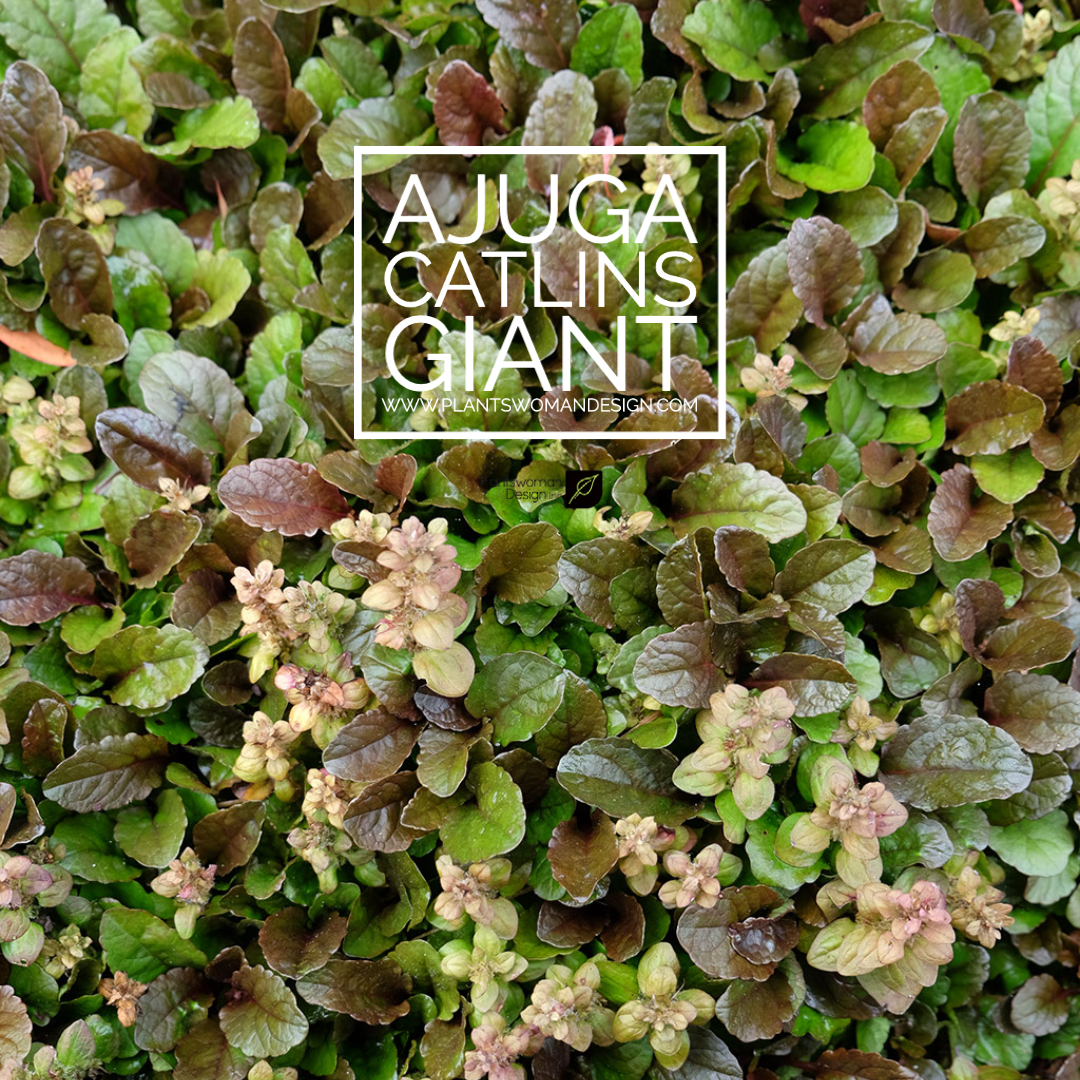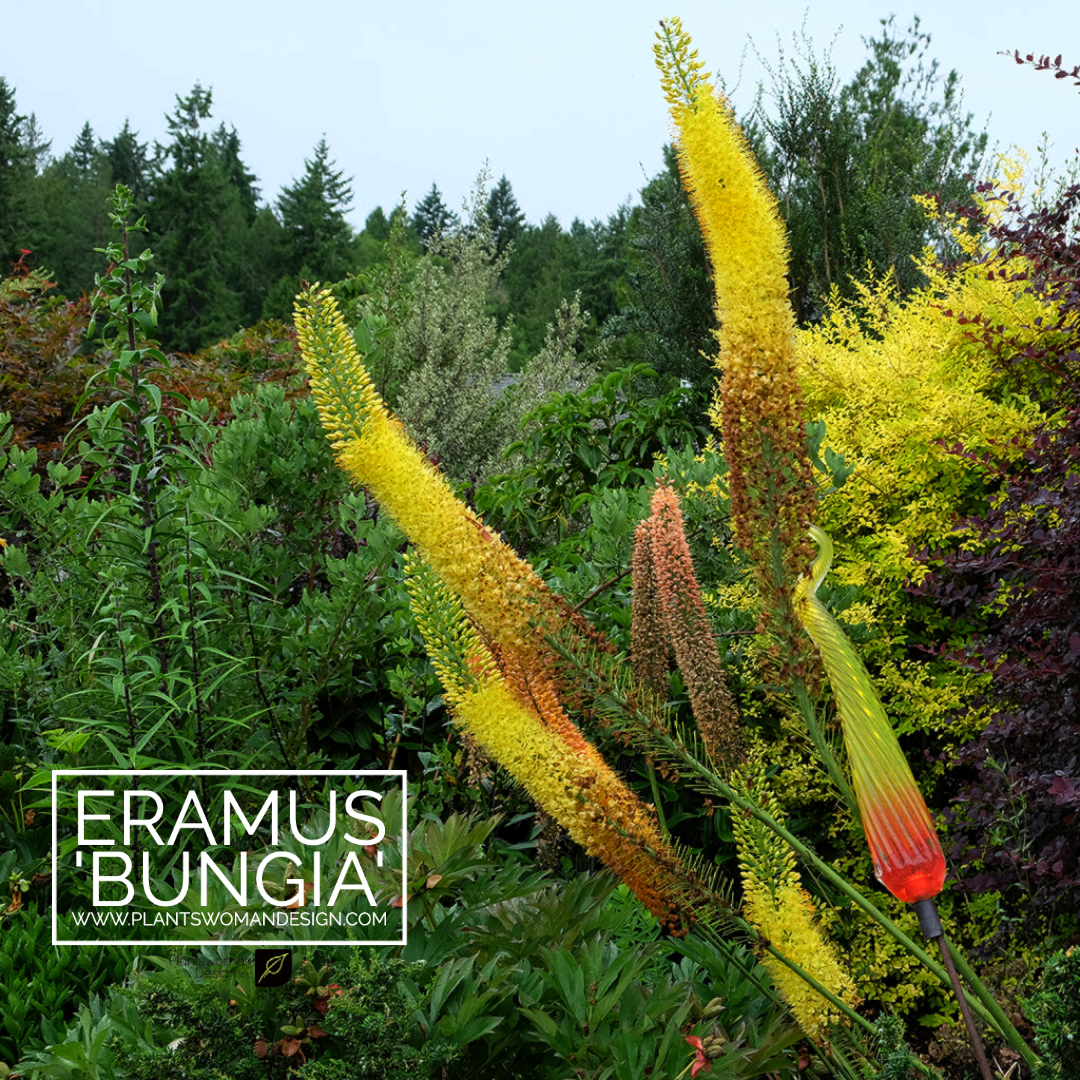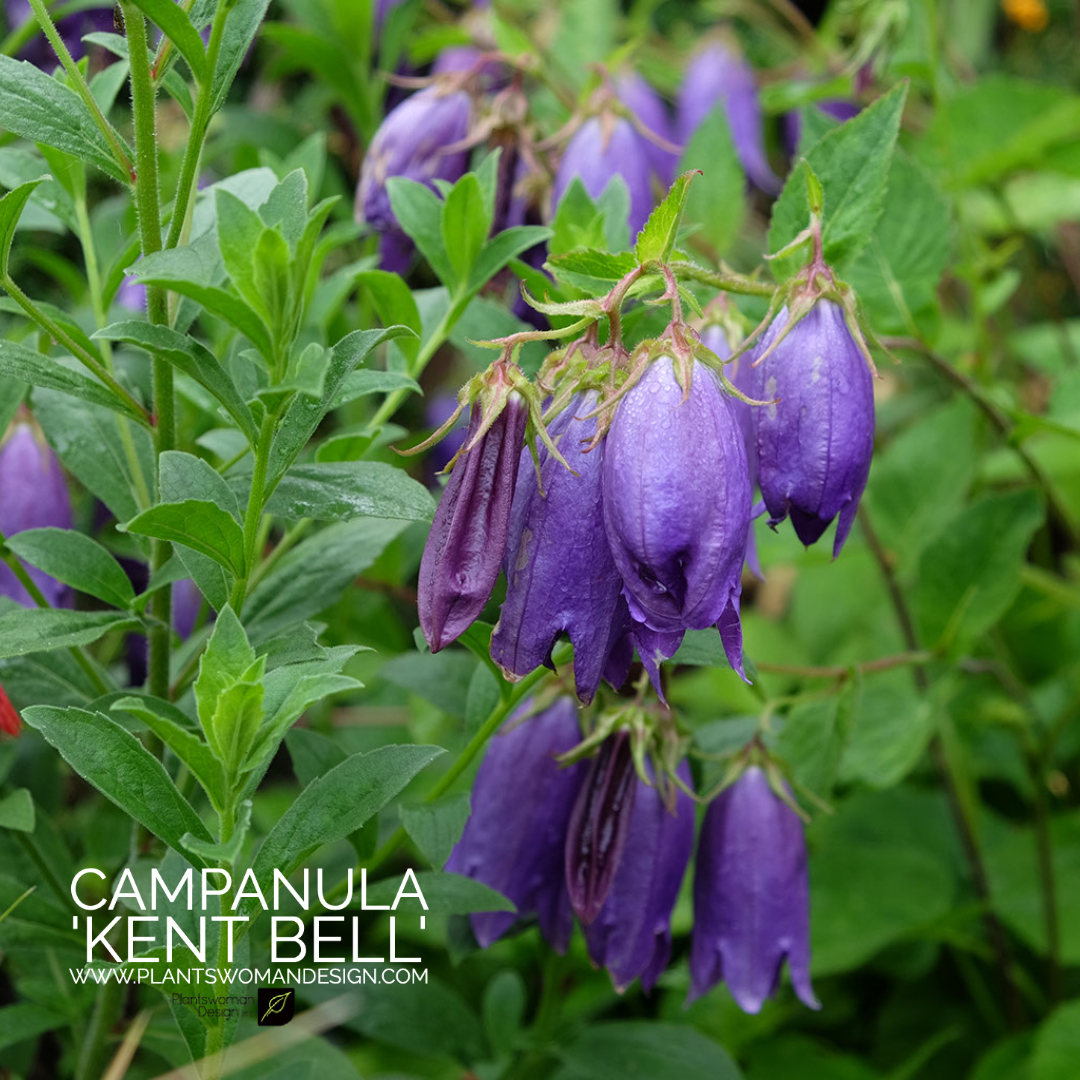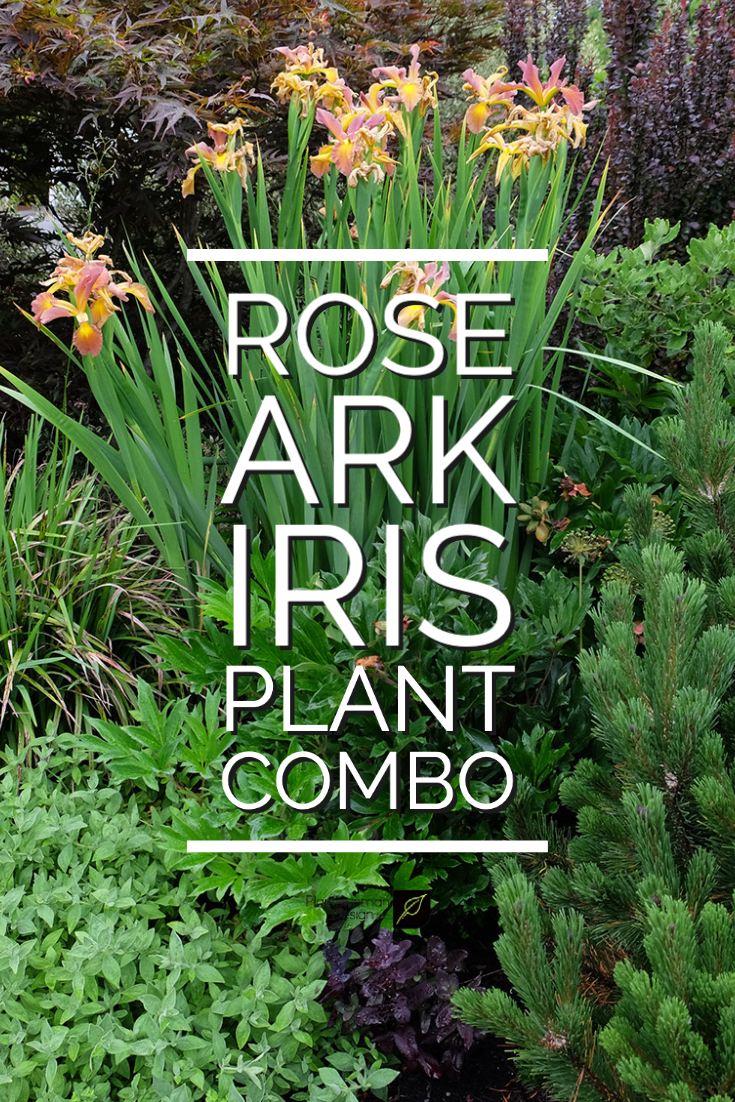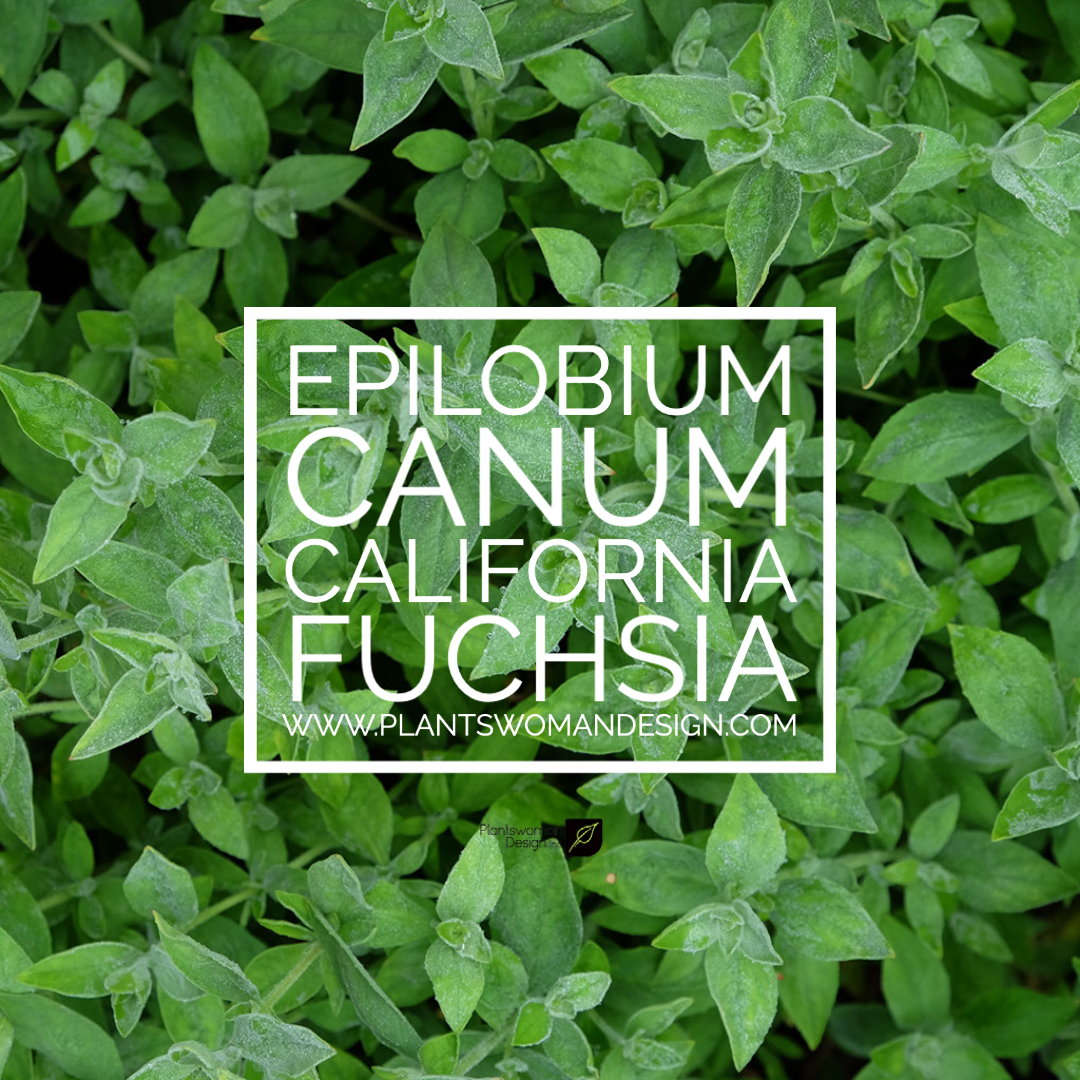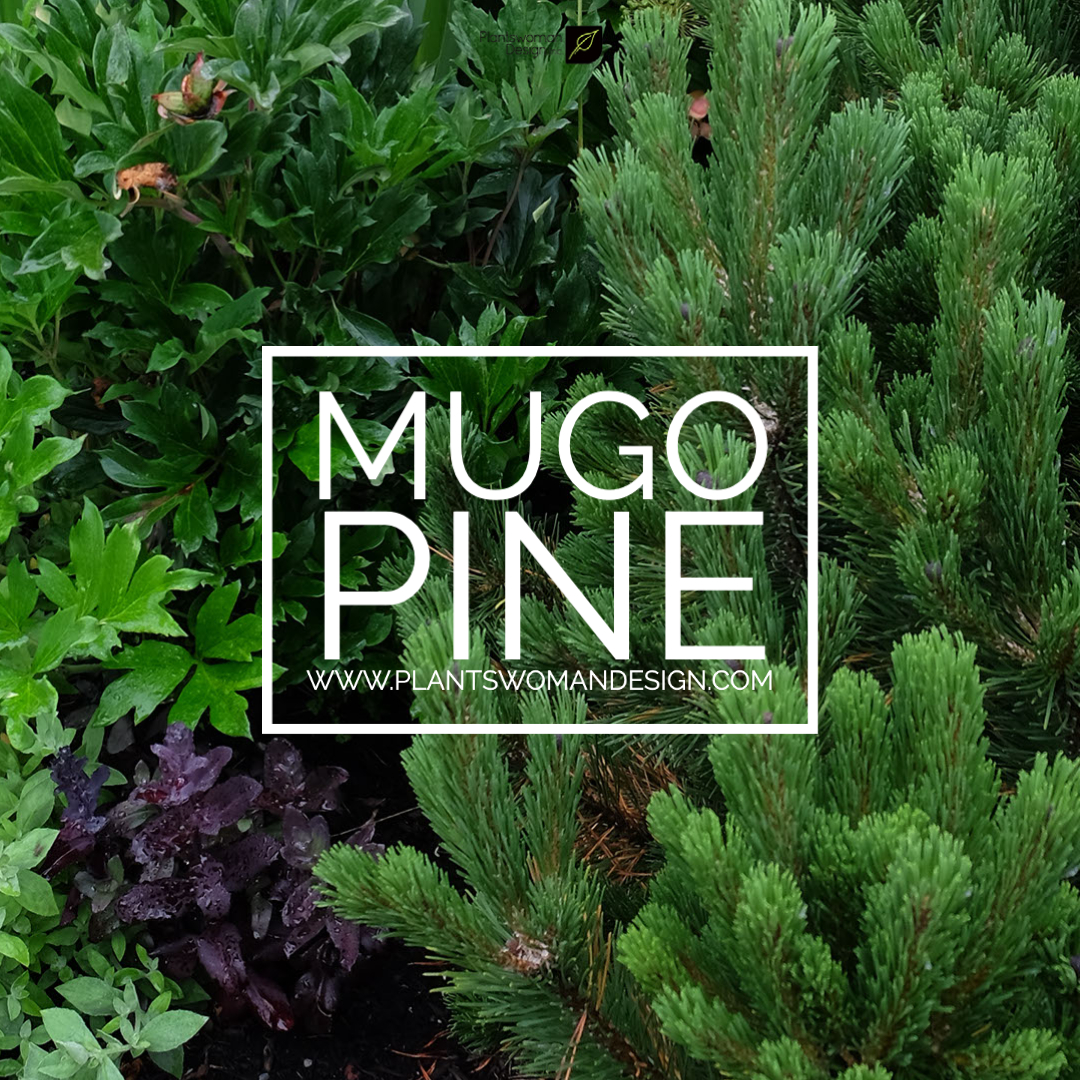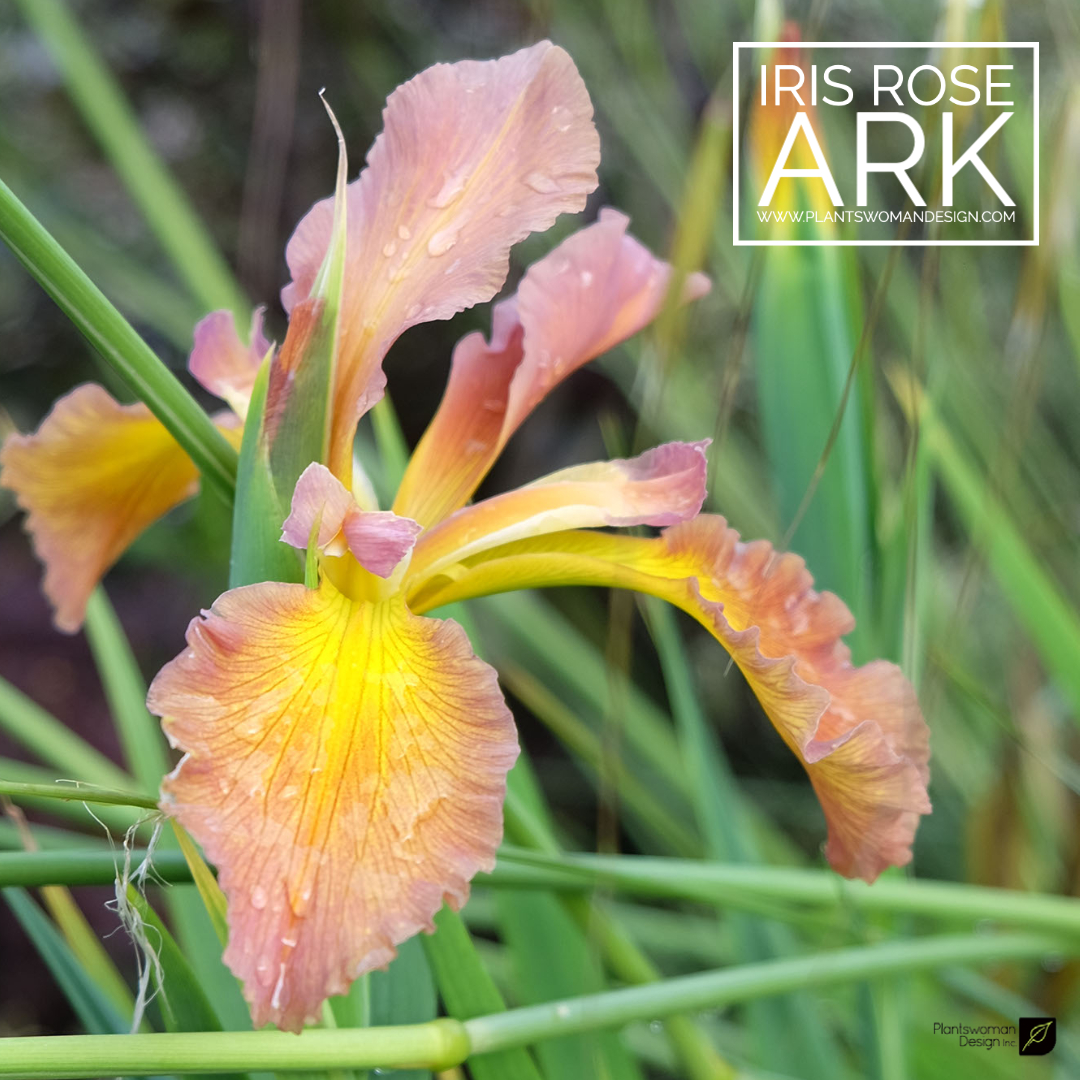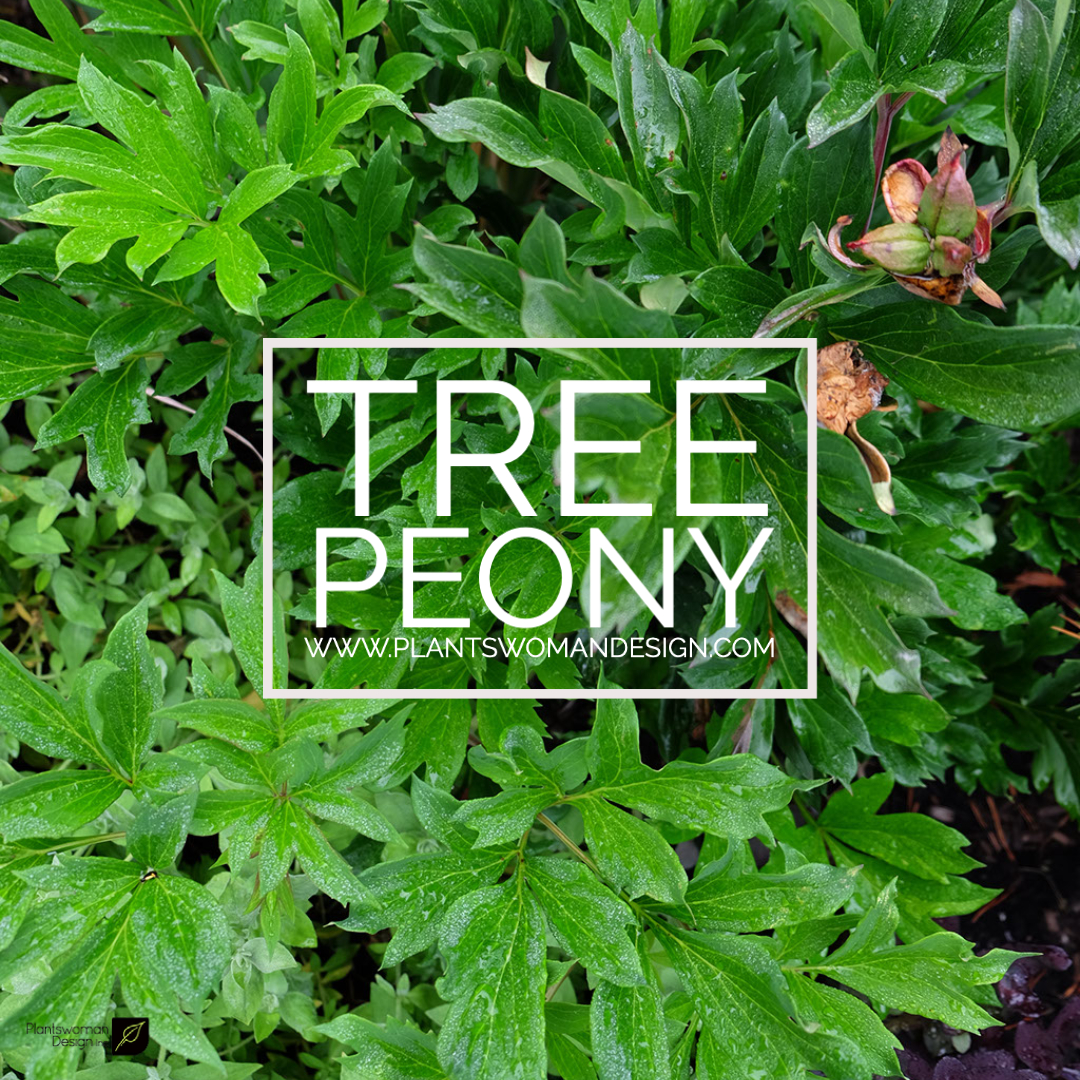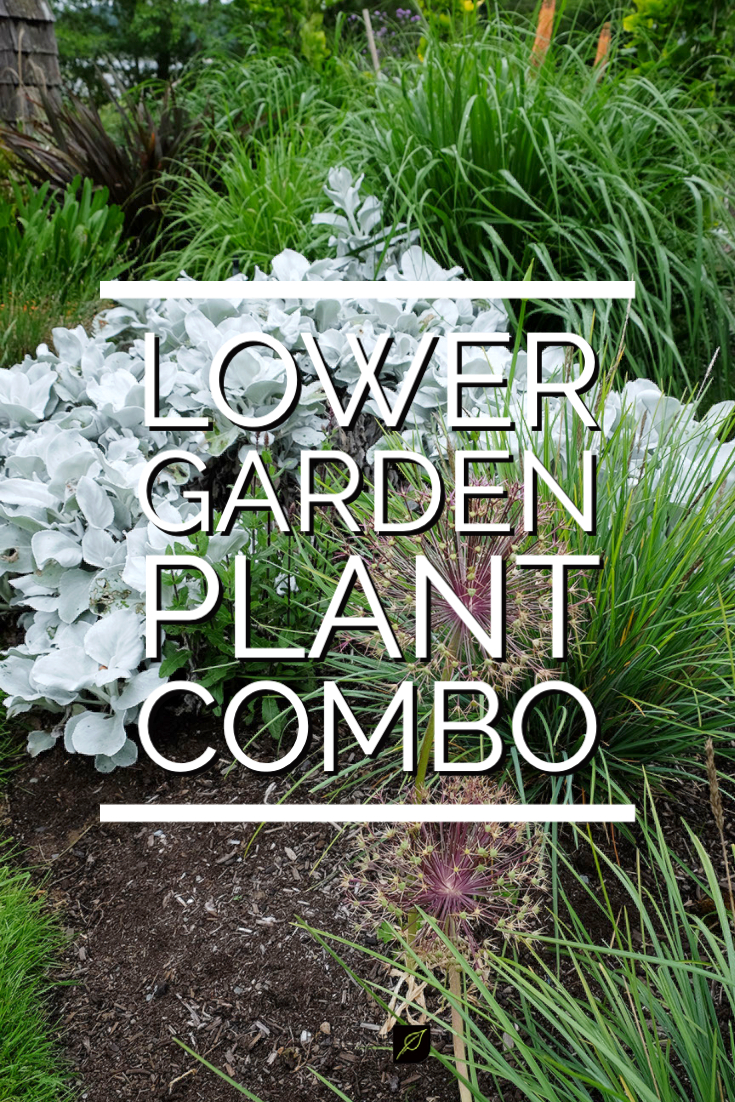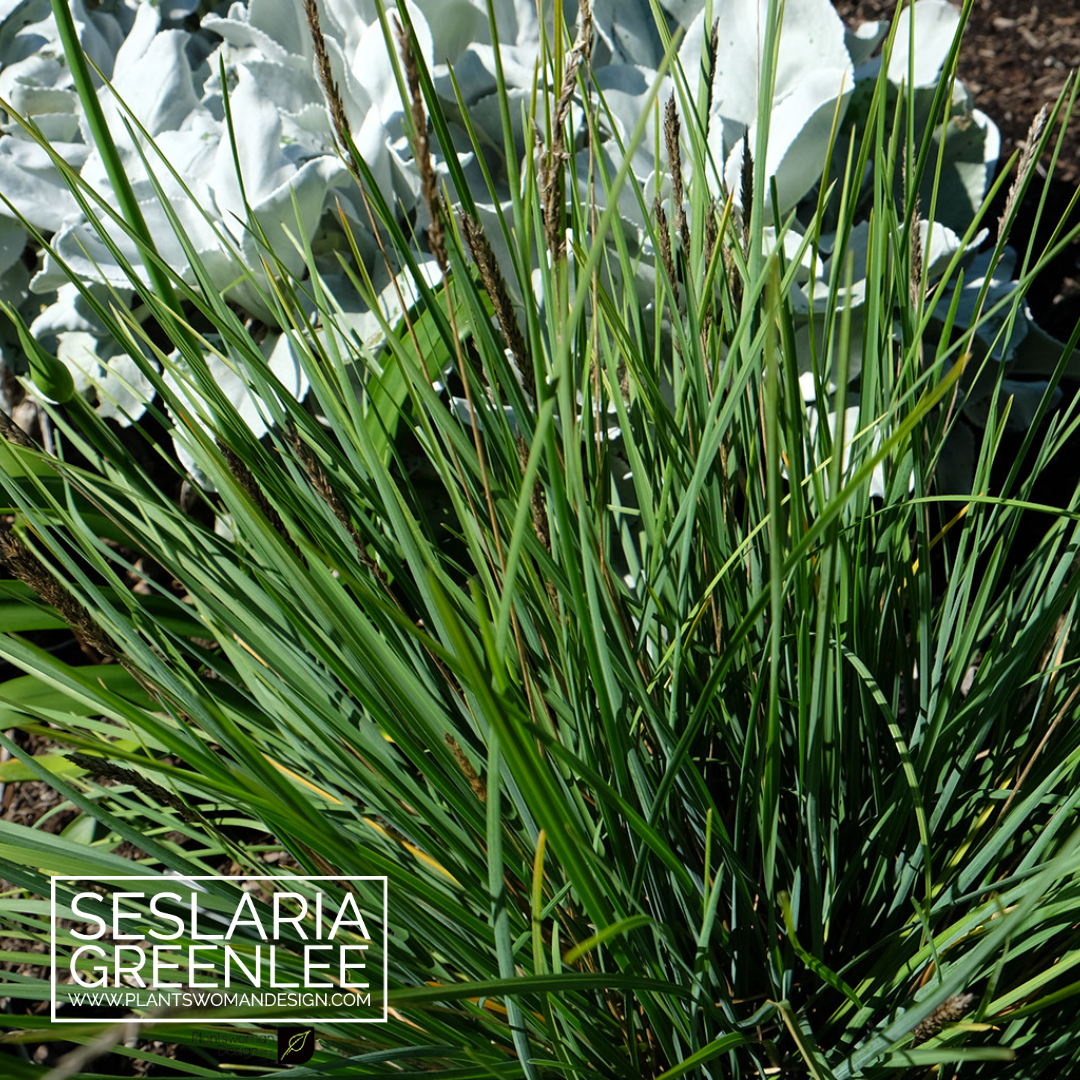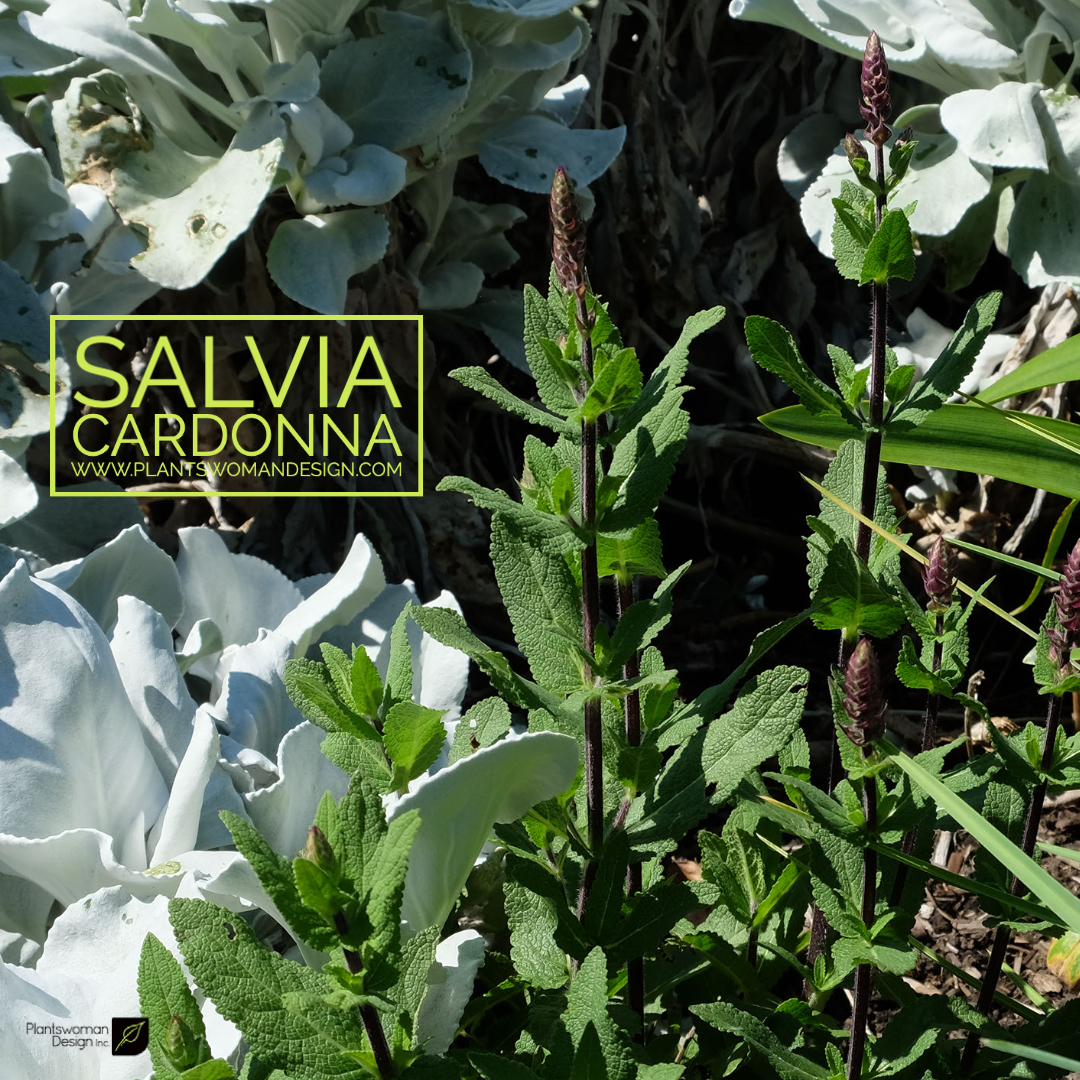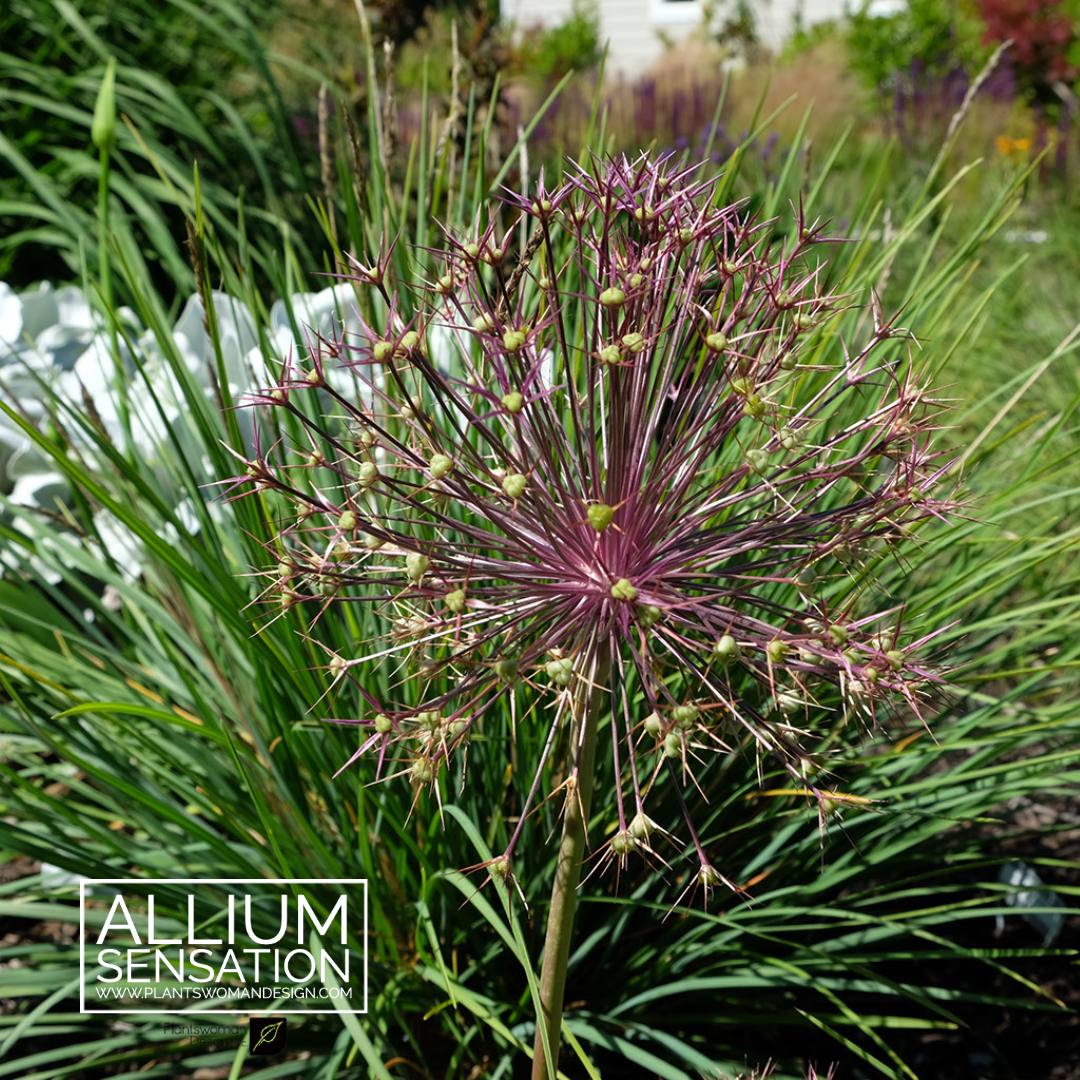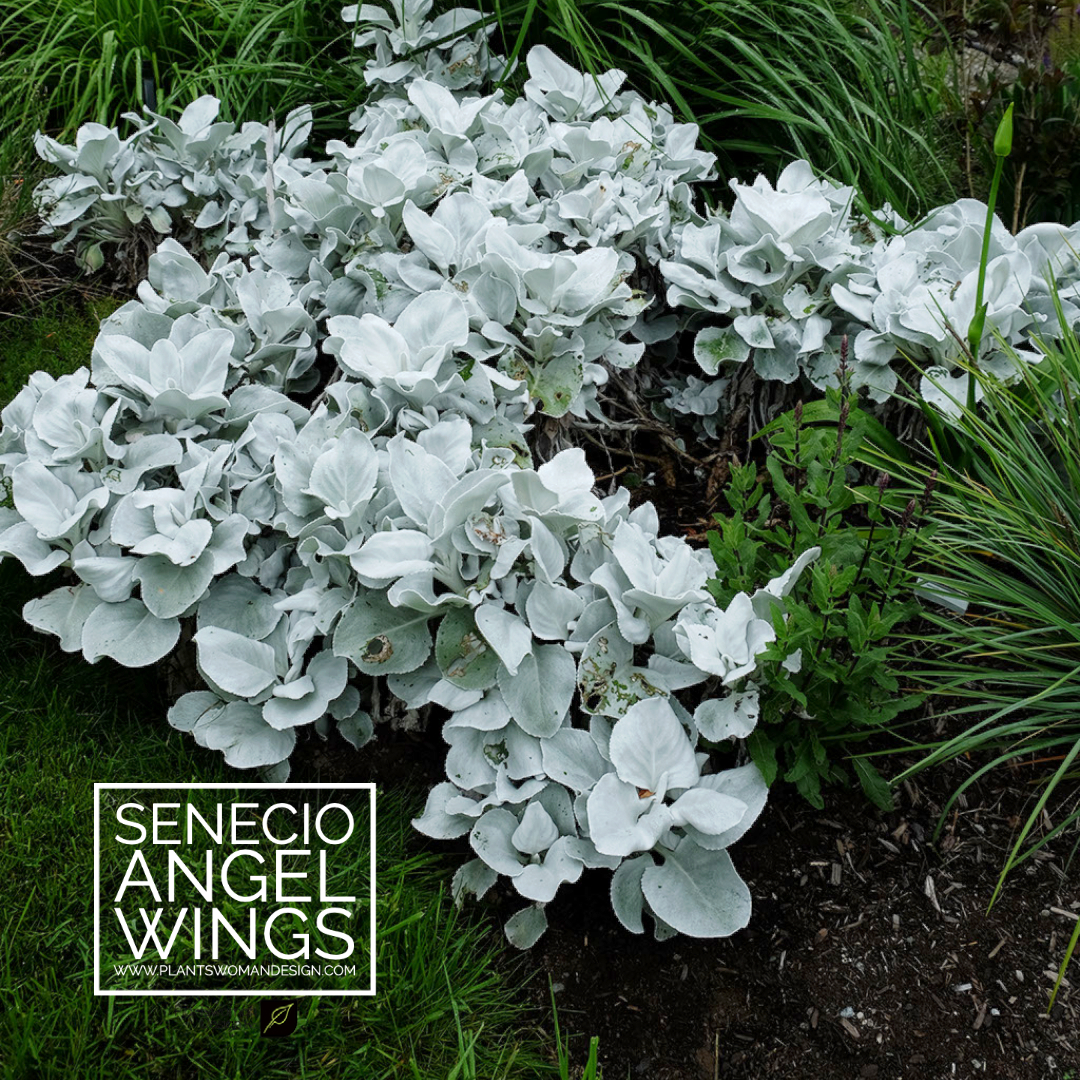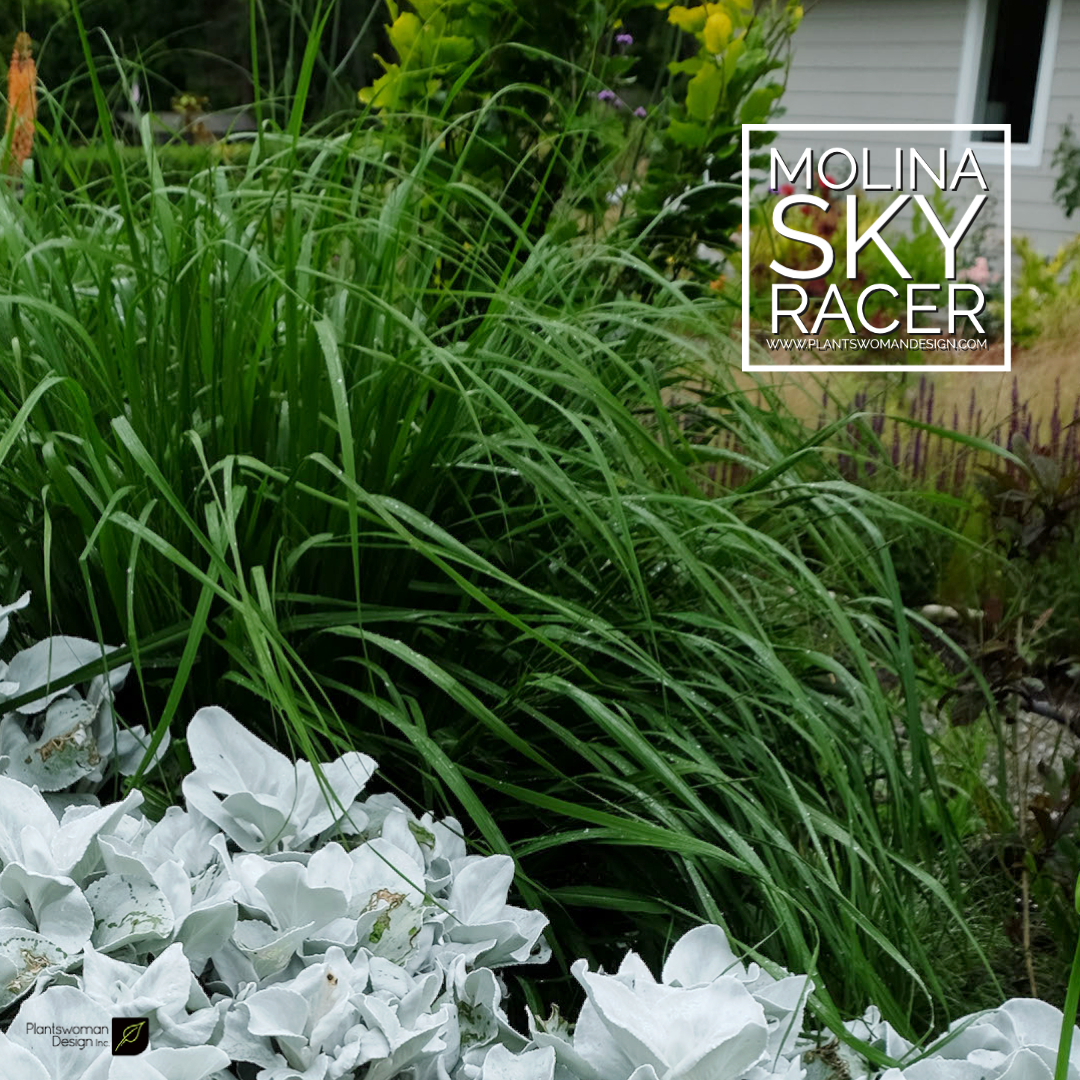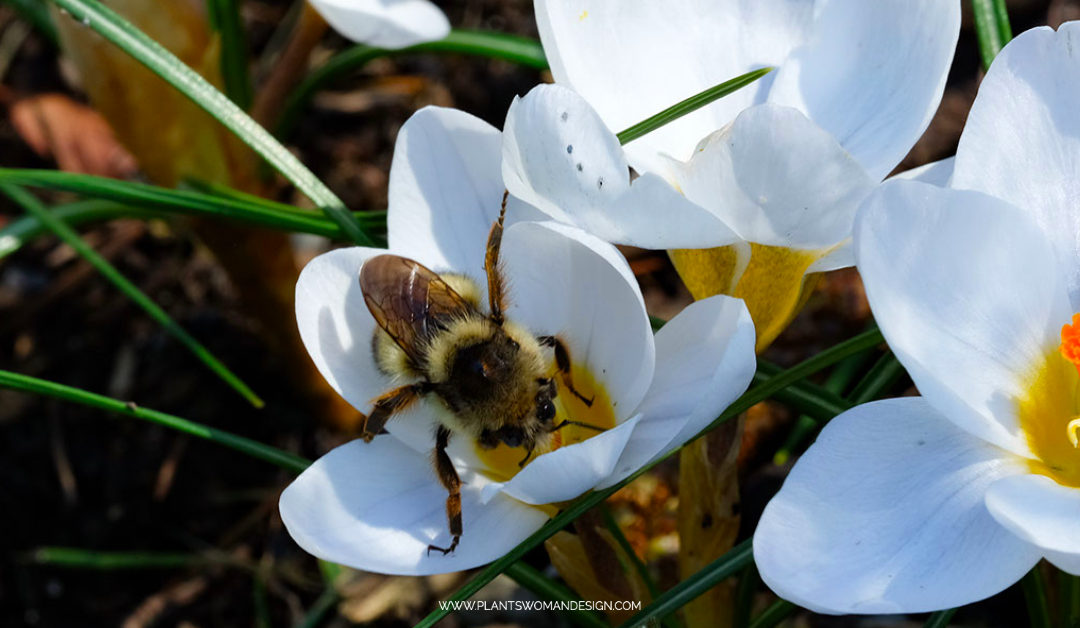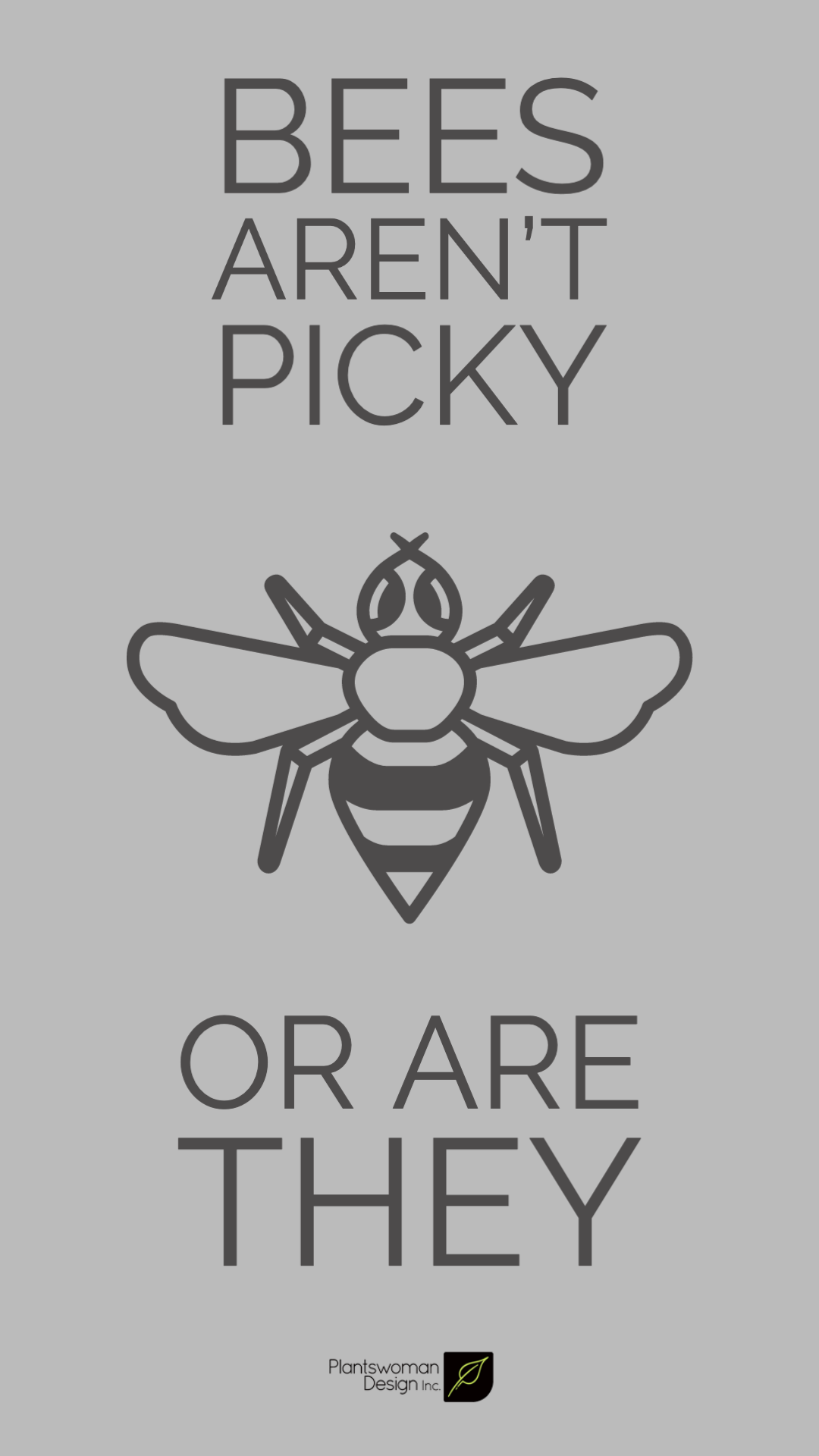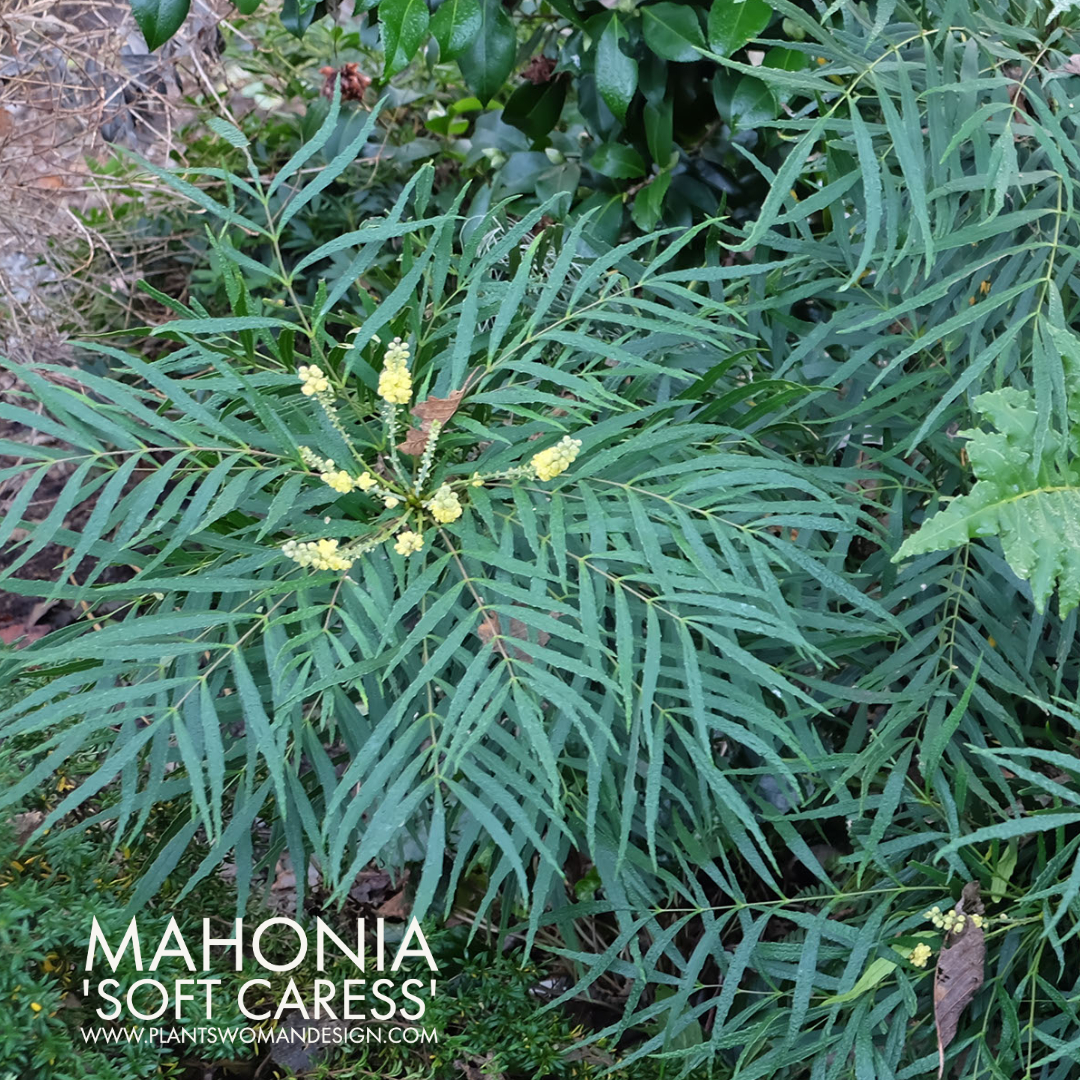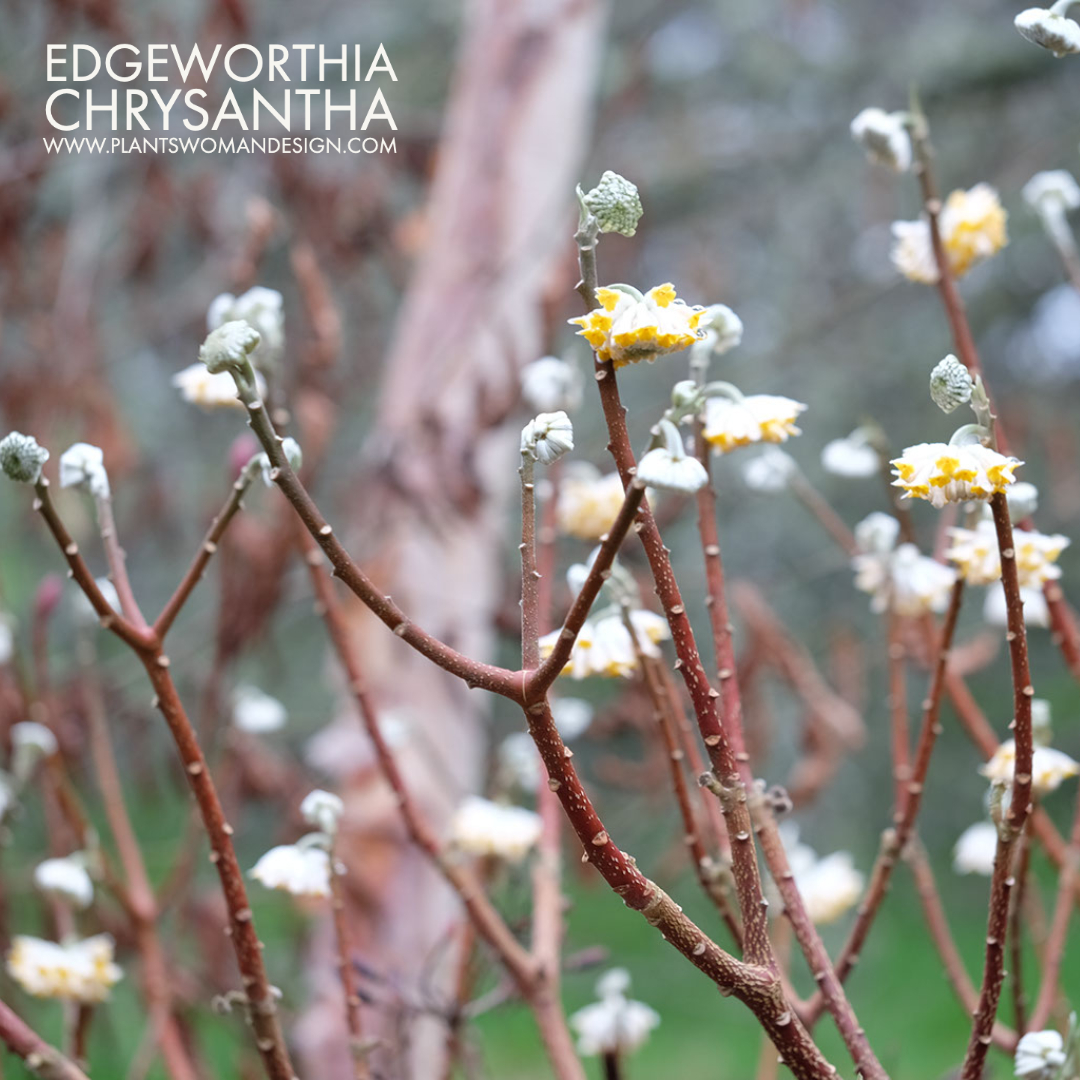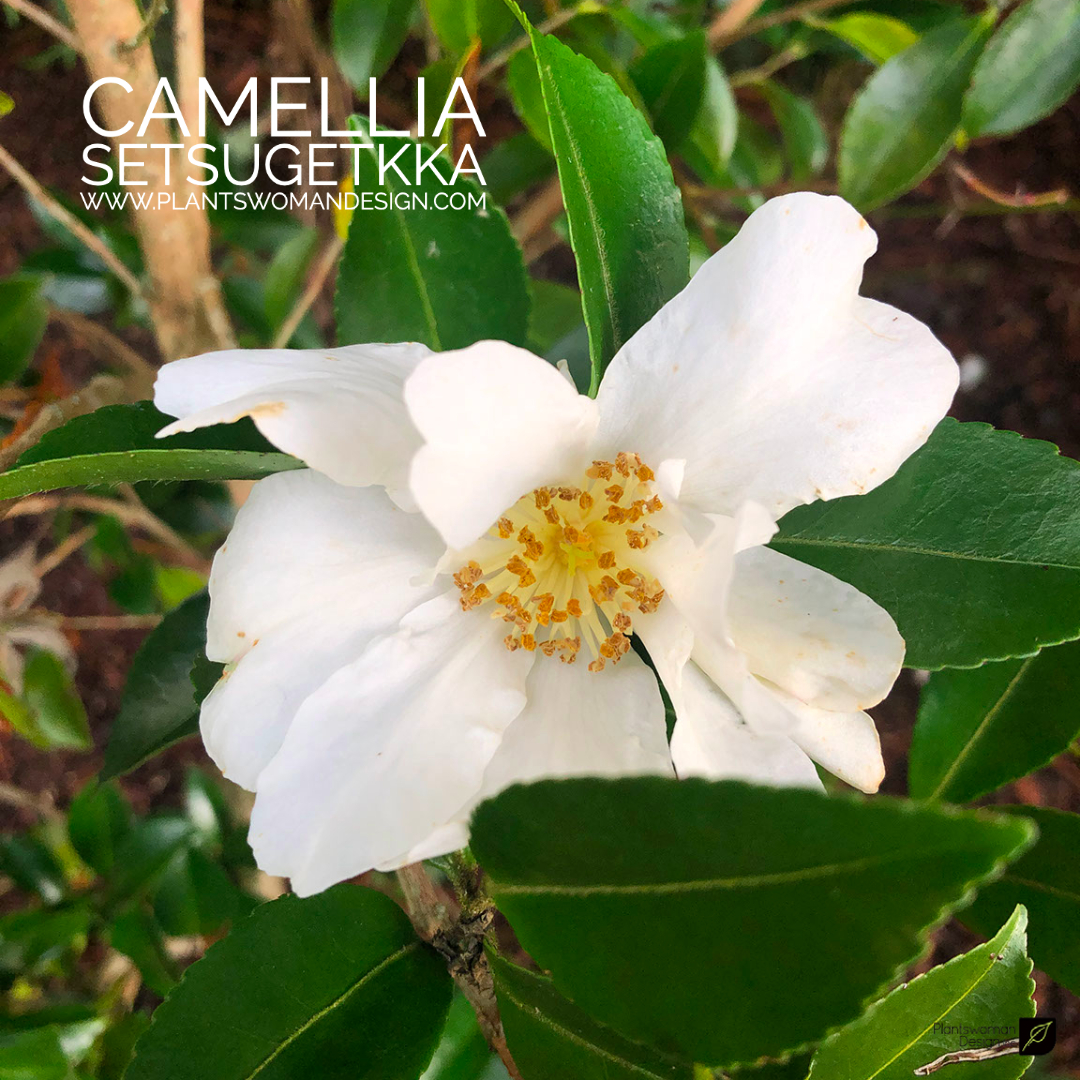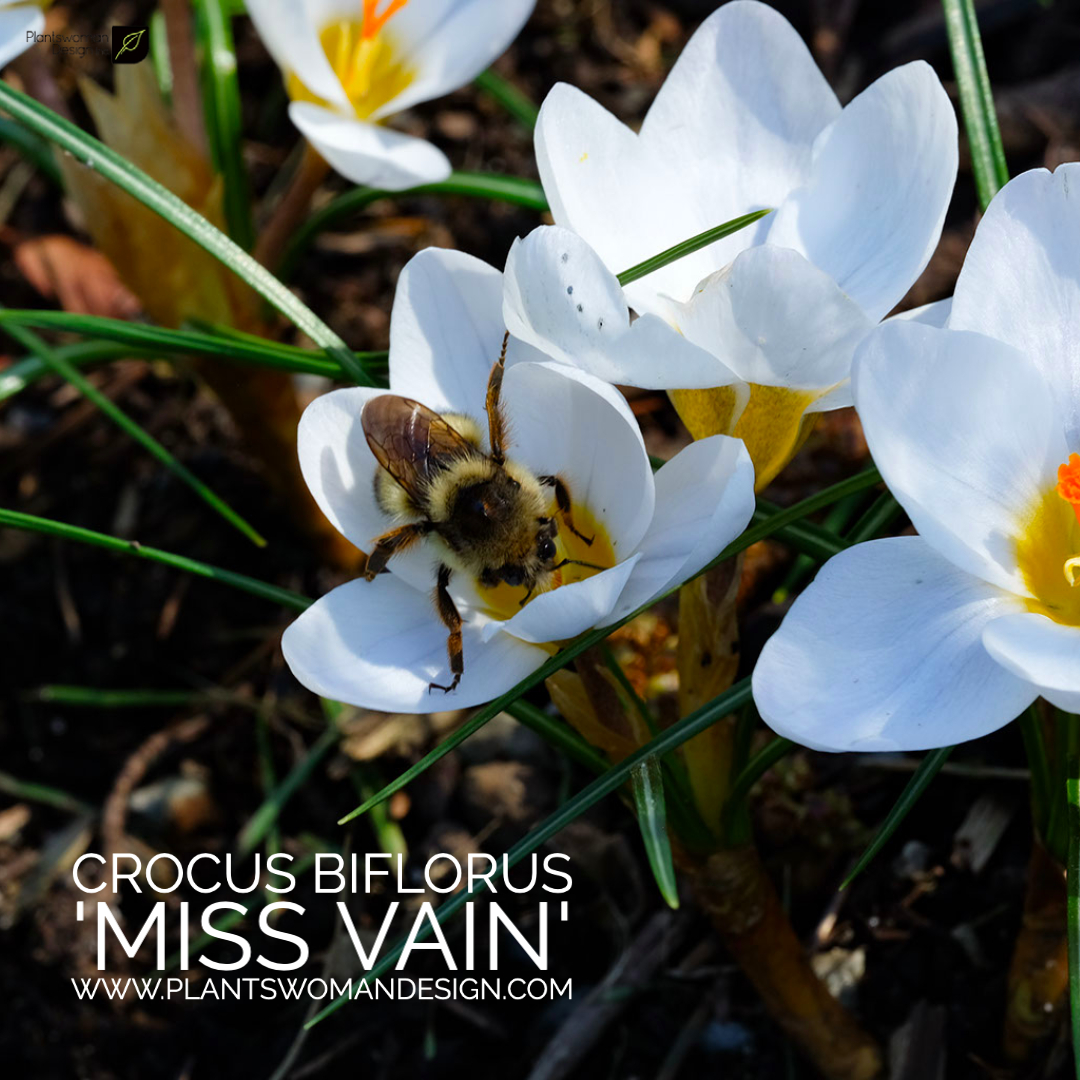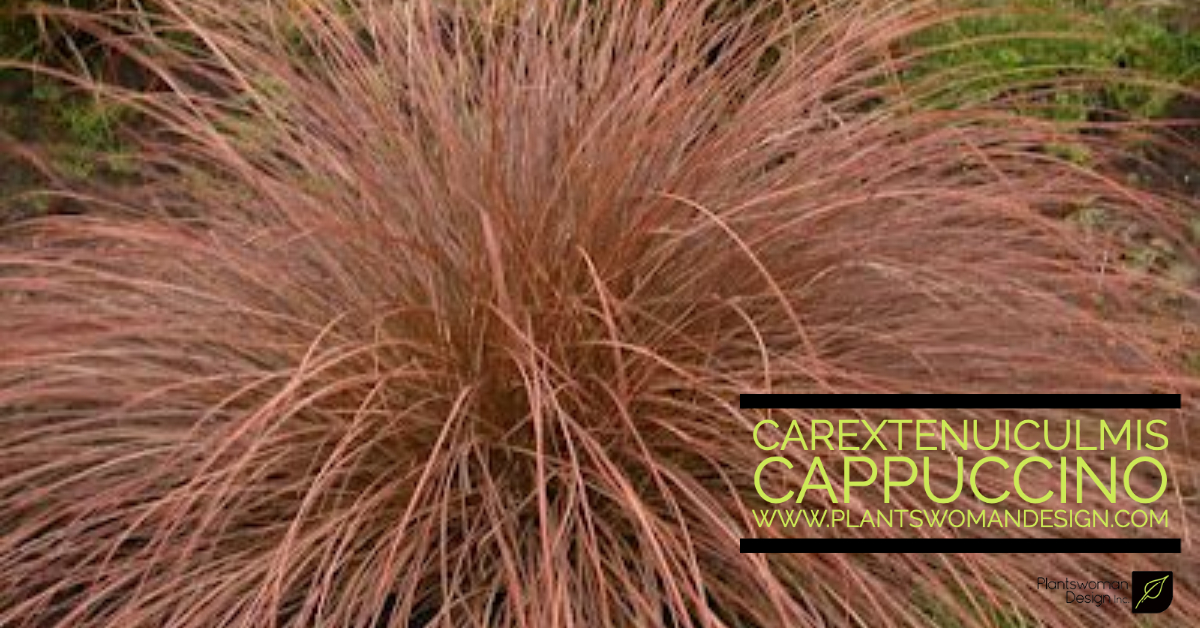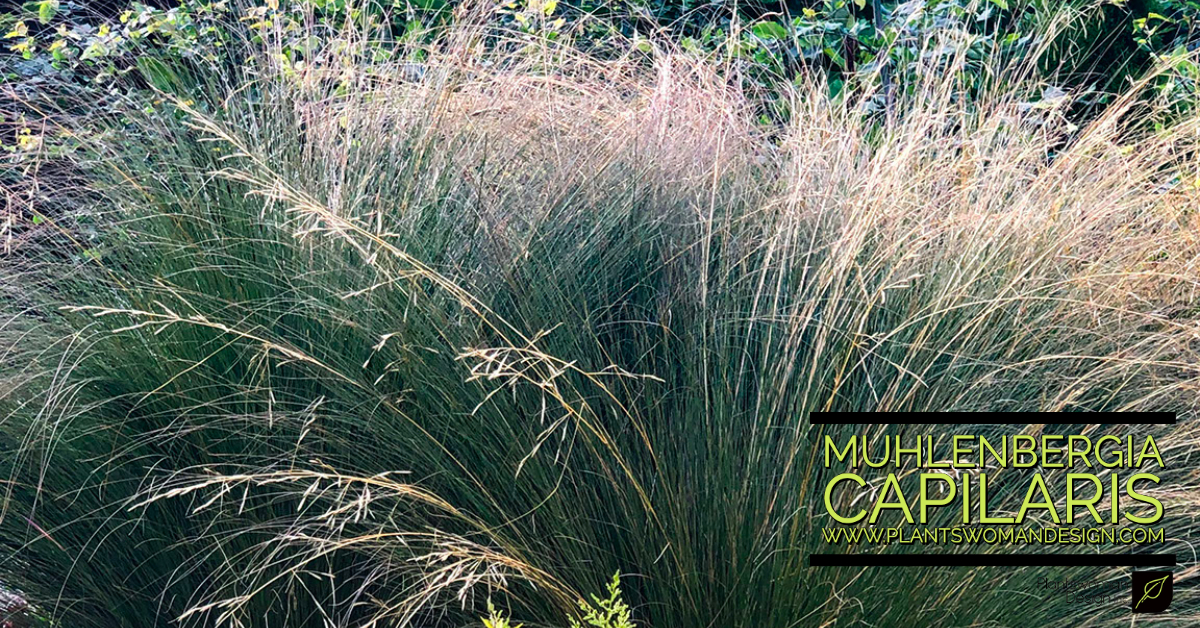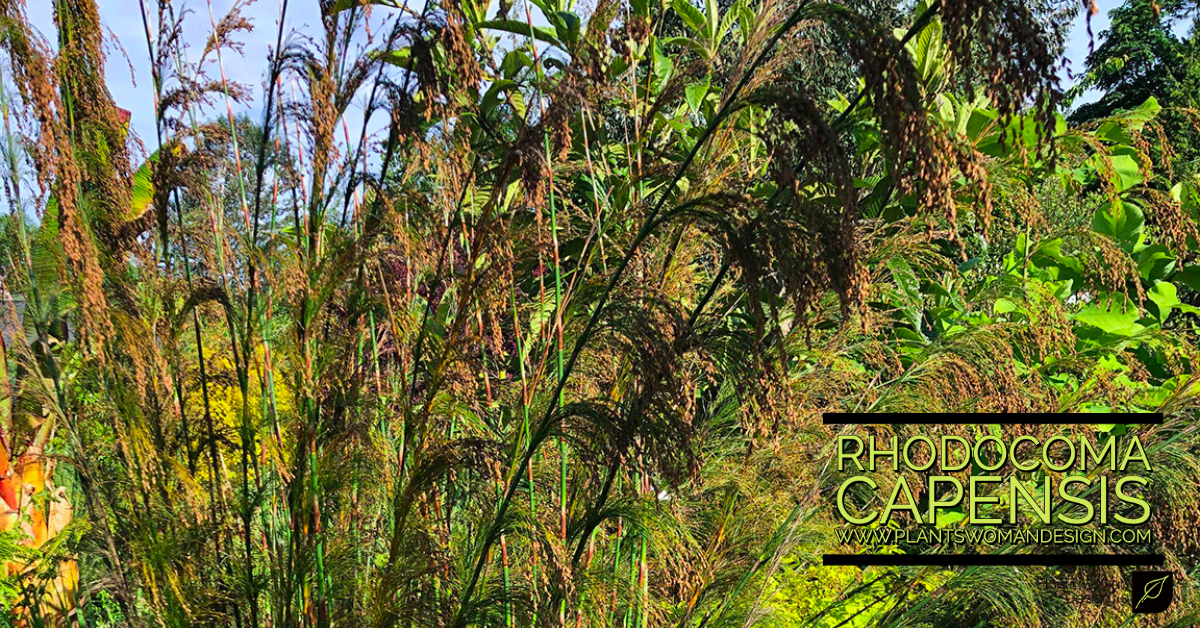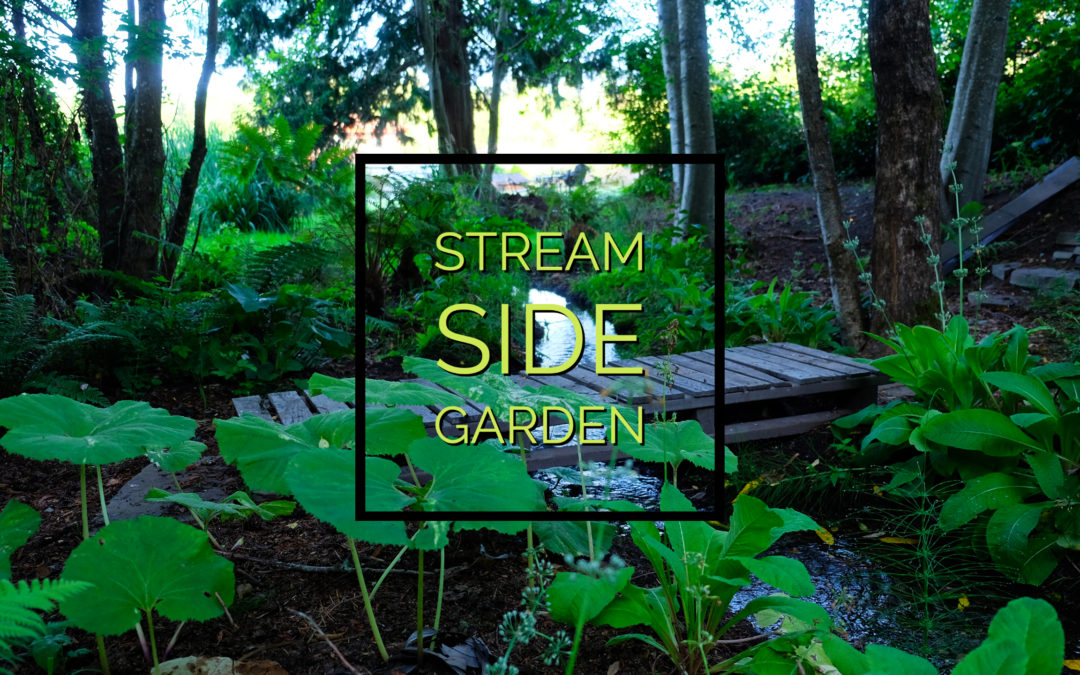Designing From the Top Down
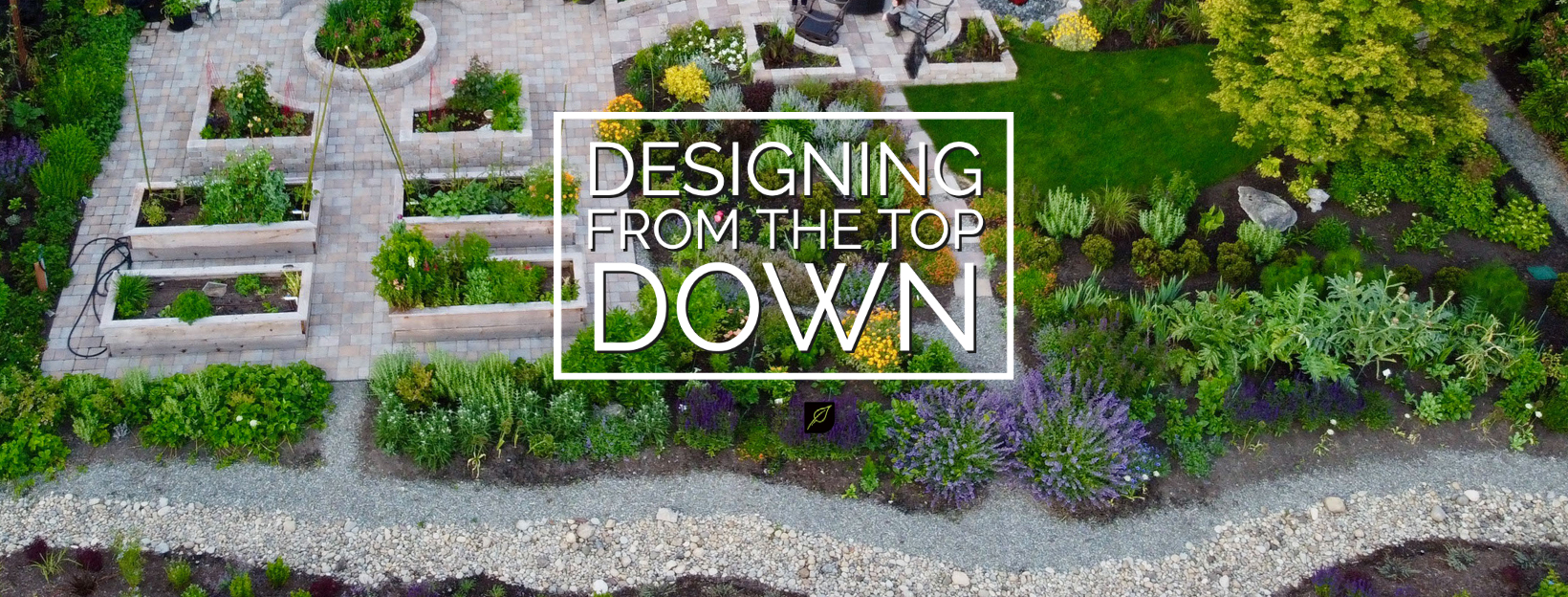
Many times designers talk about site lines, leading the eye through the garden, and pathways with a destination. In the Pacific Northwest we have another viewpoint to consider. Many of our houses now have different levels, with patios on the ground but also with decks at a higher level. Gardeners of these houses should consider what their gardens look like from above.
When viewing the garden from an upper level it is important to consider what the garden looks like from a bird’s perspective. The pattern that the pathways and plantings make are two areas that add visual interest.
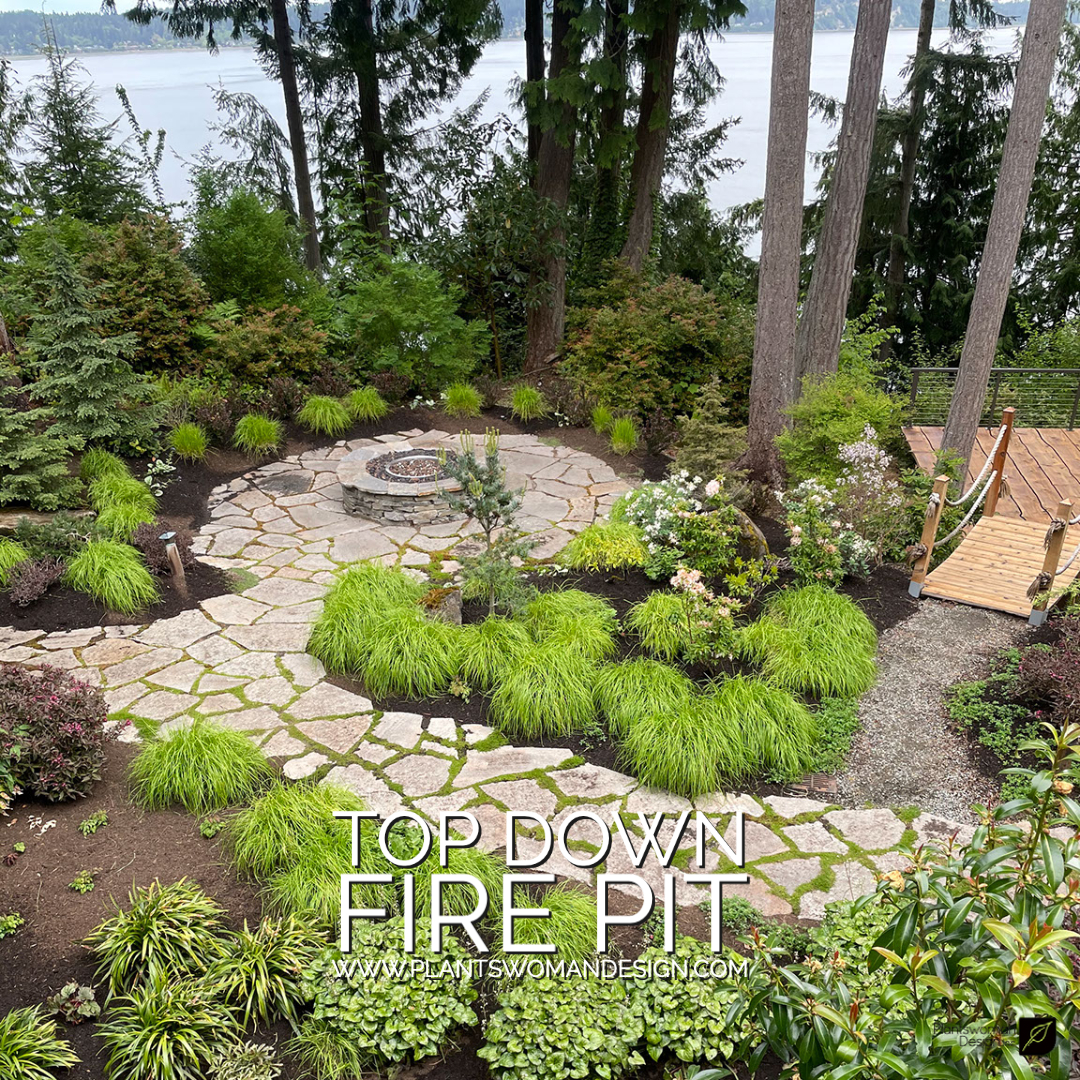
Top Down Fire Pit
Top Down Ferns
From the top down viewpoint the ferns here are planted en masse with the quilt-like pattern of greens creating the feeling of a forest canopy. It reminds me of viewing tree ferns from high mountain hikes in Hawaii. Other views of this garden reveal patterns made with plants amidst the large native trees on the fringes.
In this more traditional garden the use of pattern and hardscape are evident at ground level but are also important from above. Being immersed in the garden as you wander through is wonderful, it has a bit of lush chaos and exuberance. From above, however, the restrictions of pavers, pathways, and raised beds show the order amidst the chaotic beds.
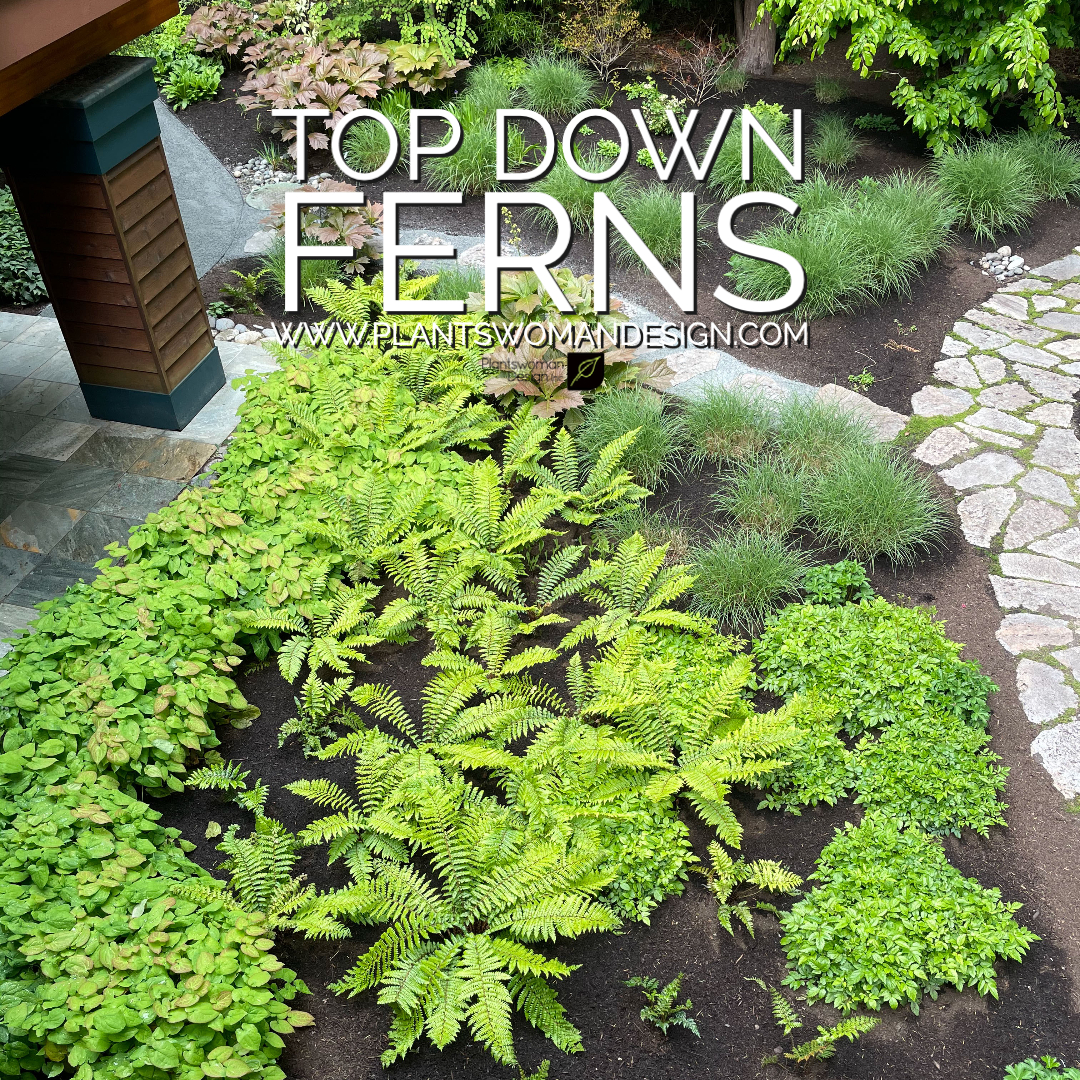
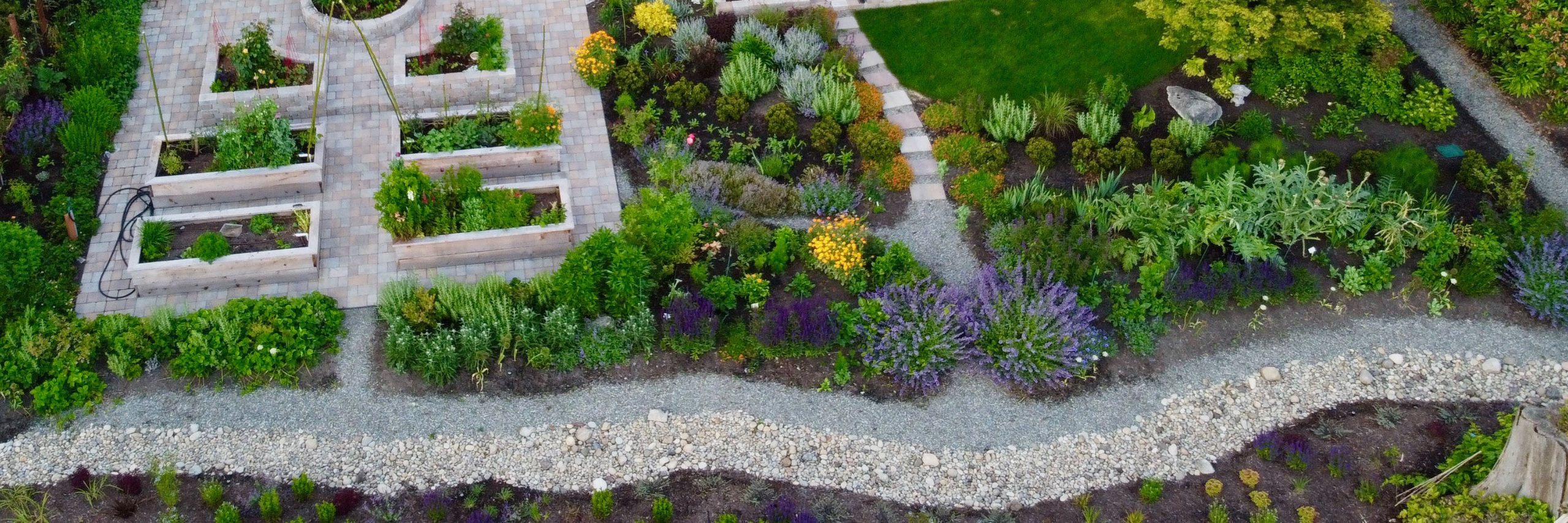
A welcoming gathering place to watch the sunset with family and friends, surrounded by the tropical area. At the edge of the garden the summer border leads you along a drainage swale that collects excess water and diverts it into a catch basin. Each of these areas continue to delight when seen from above.
These examples can help you consider viewpoints and planting schemes in your garden. As great as it is to be immersed in the garden, it is also very satisfying to see a different perspective from the deck, upper floor, balcony, or stairway. Plan for both viewpoints when you have the opportunity.
